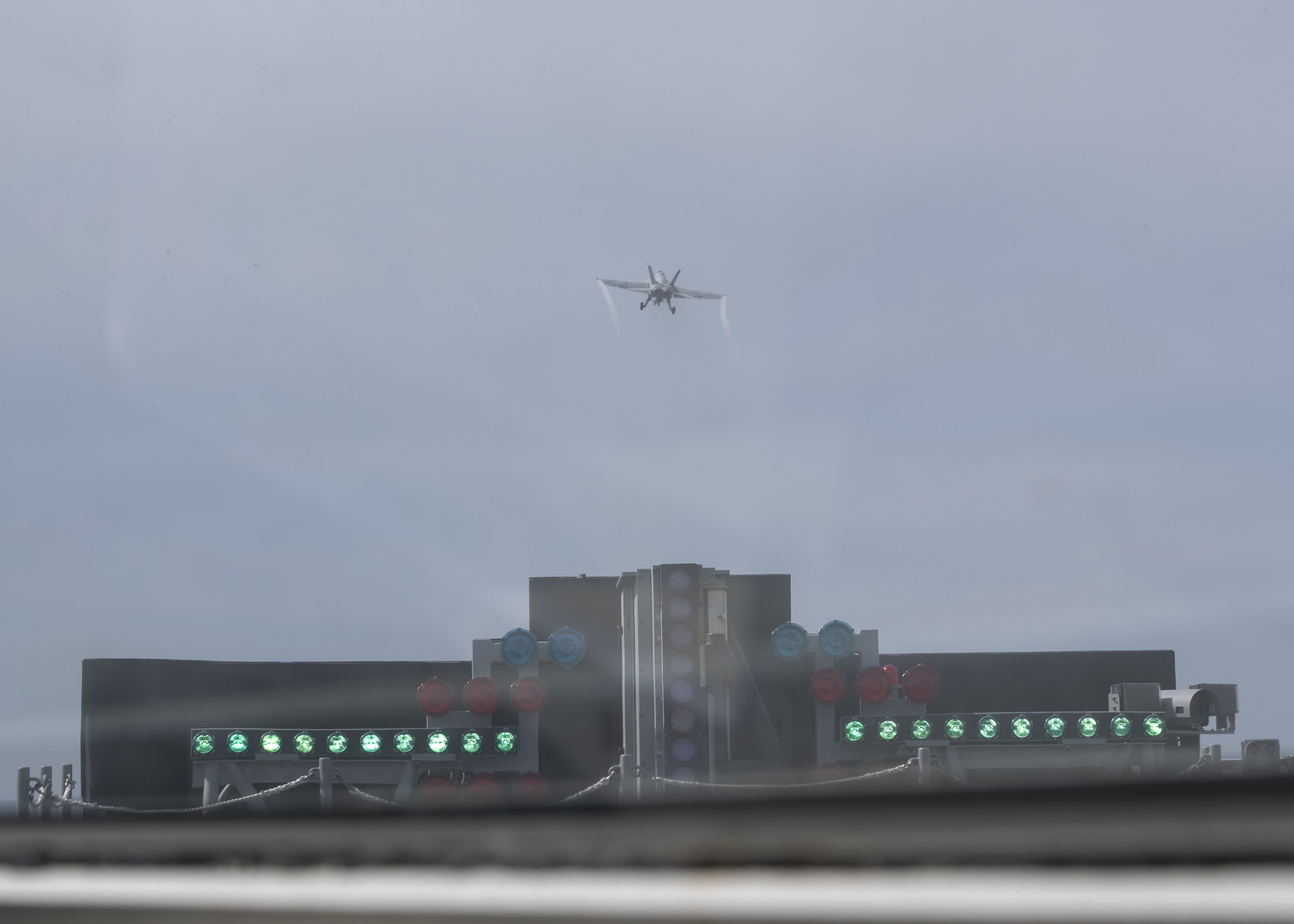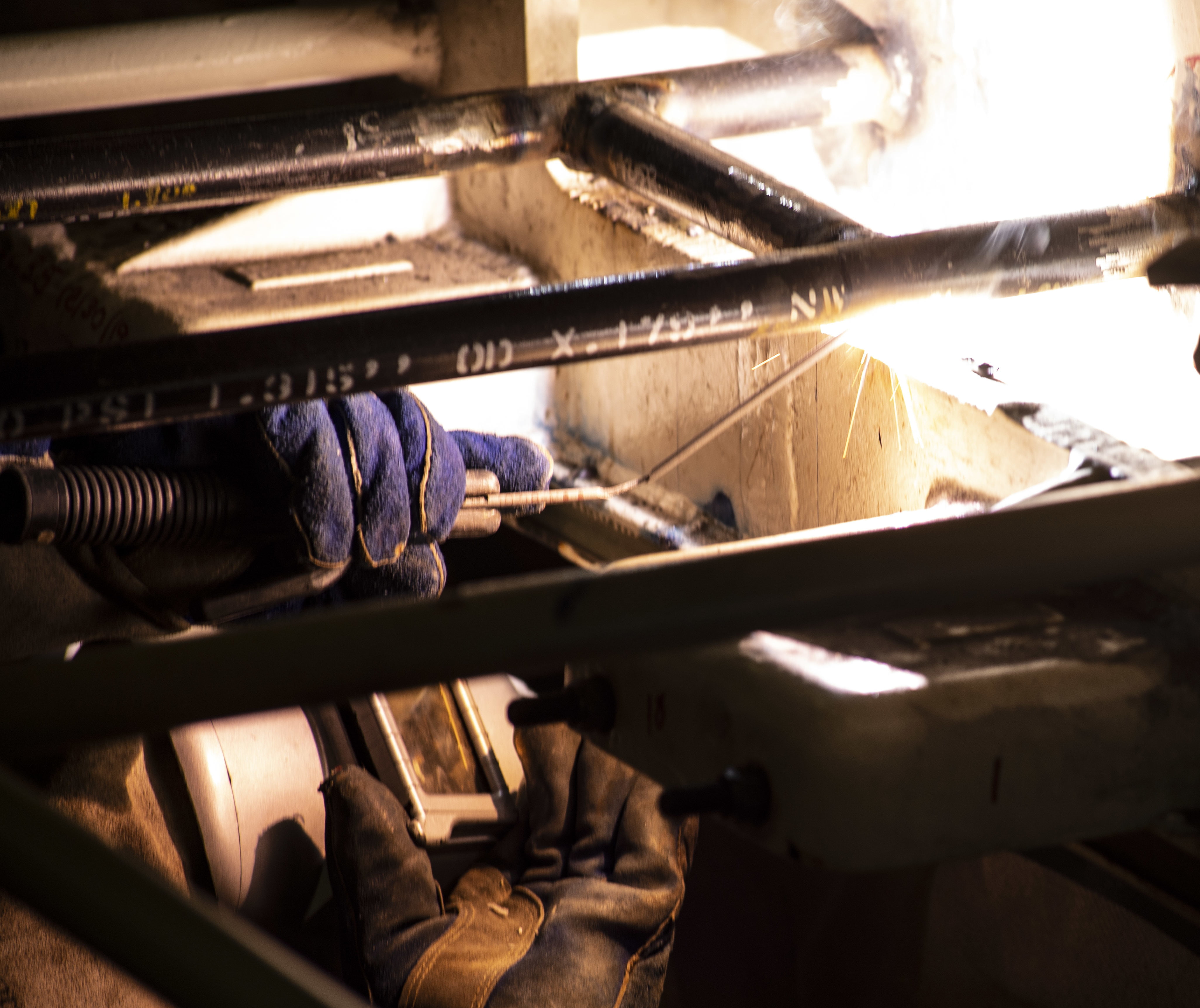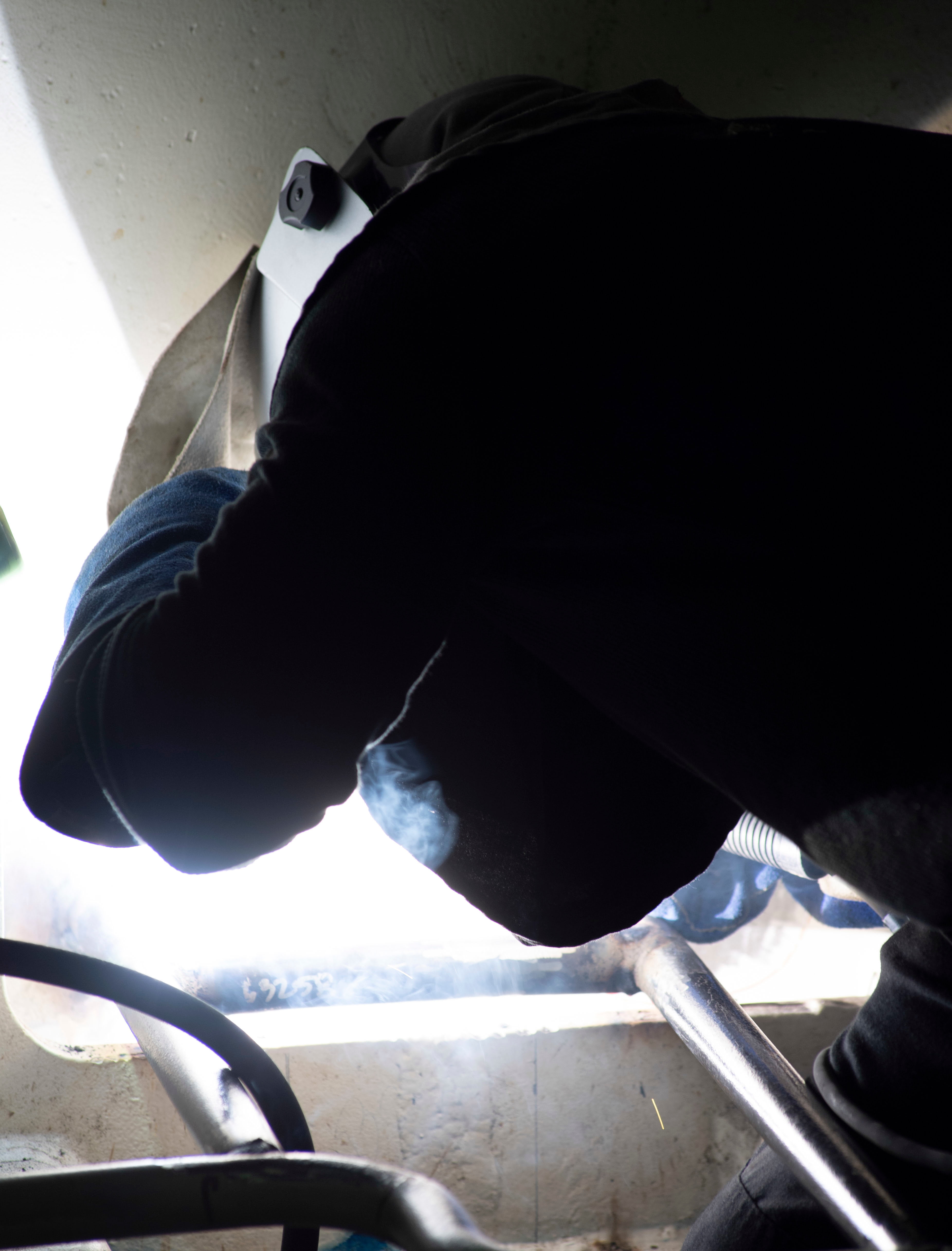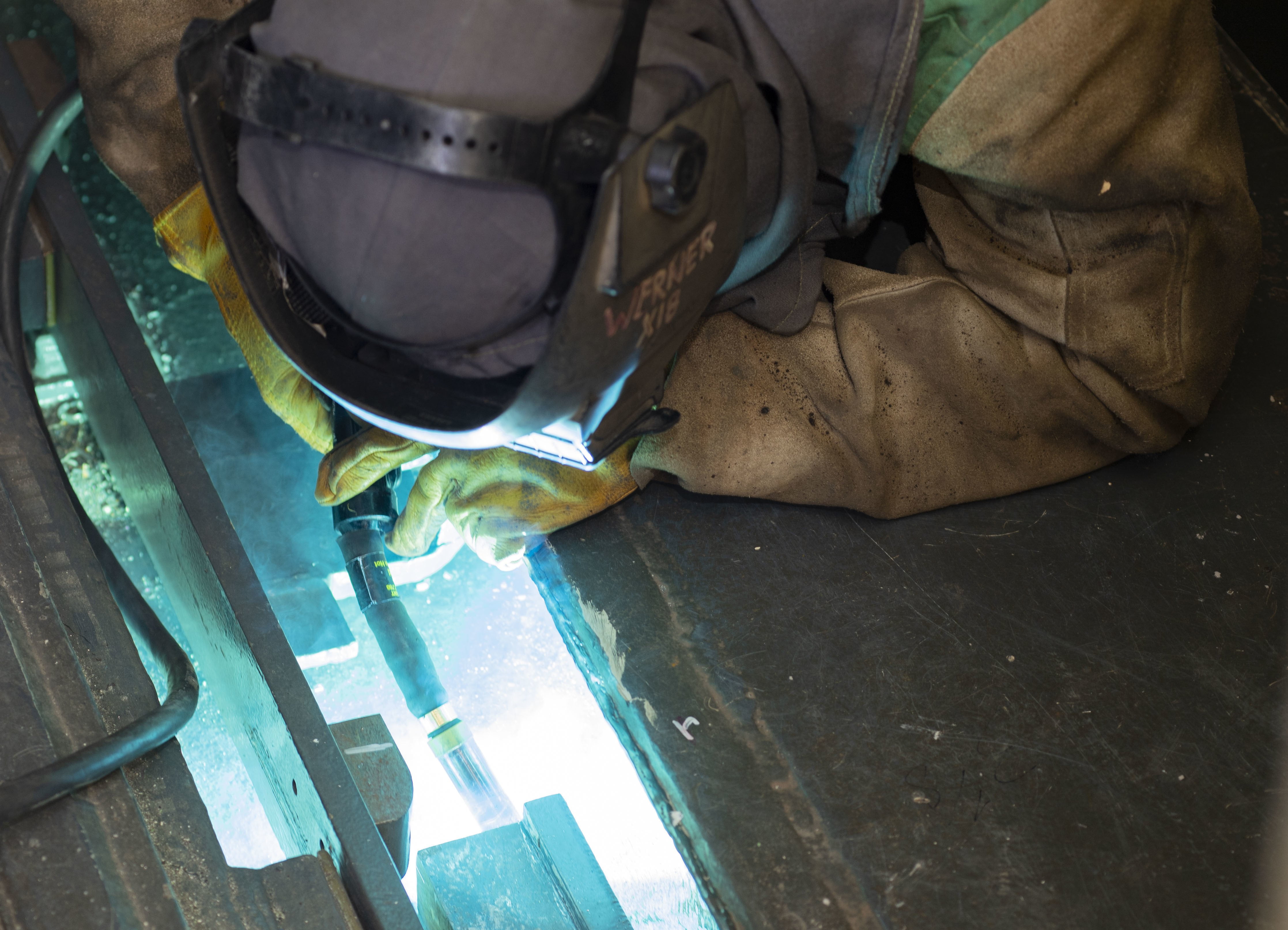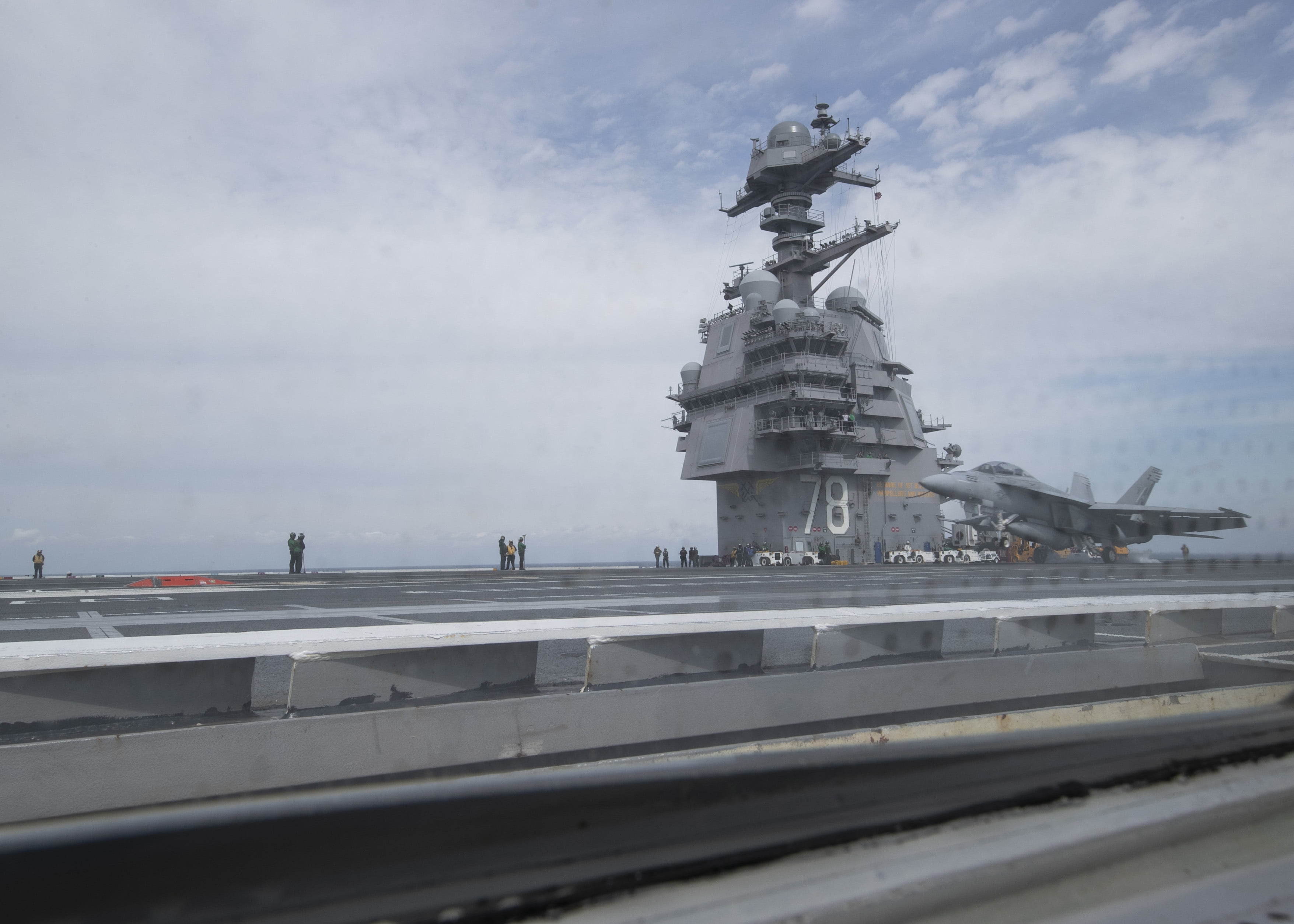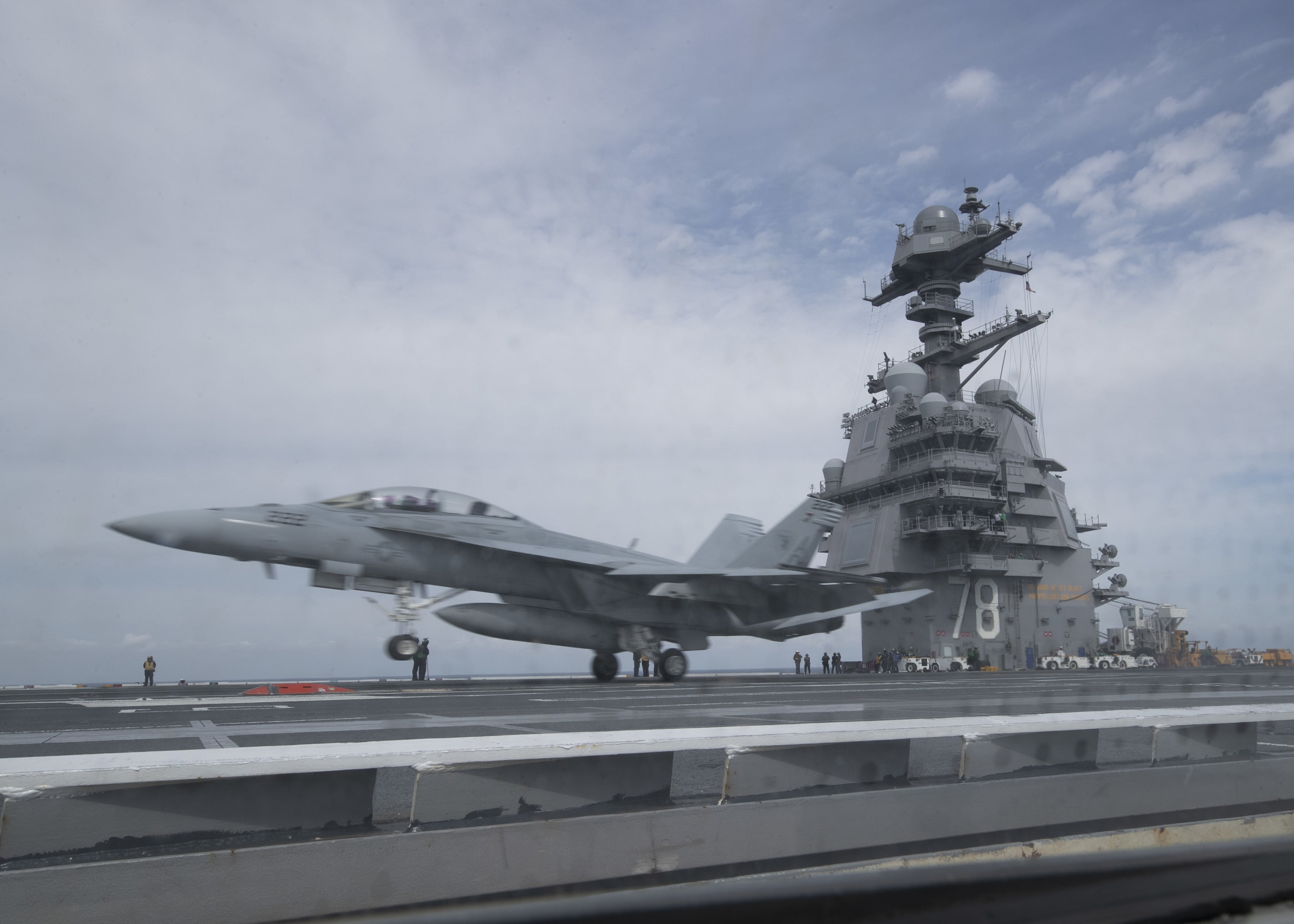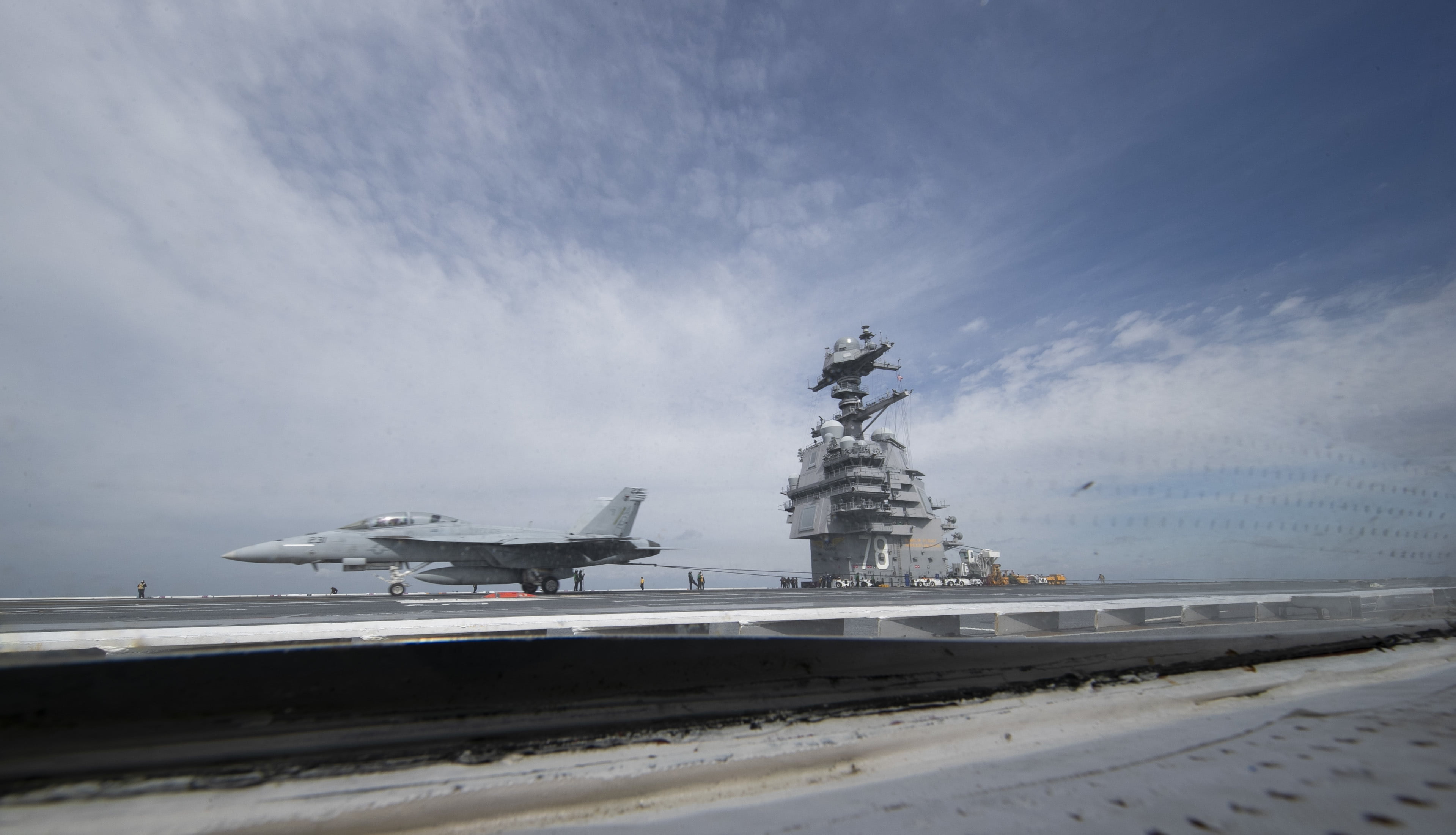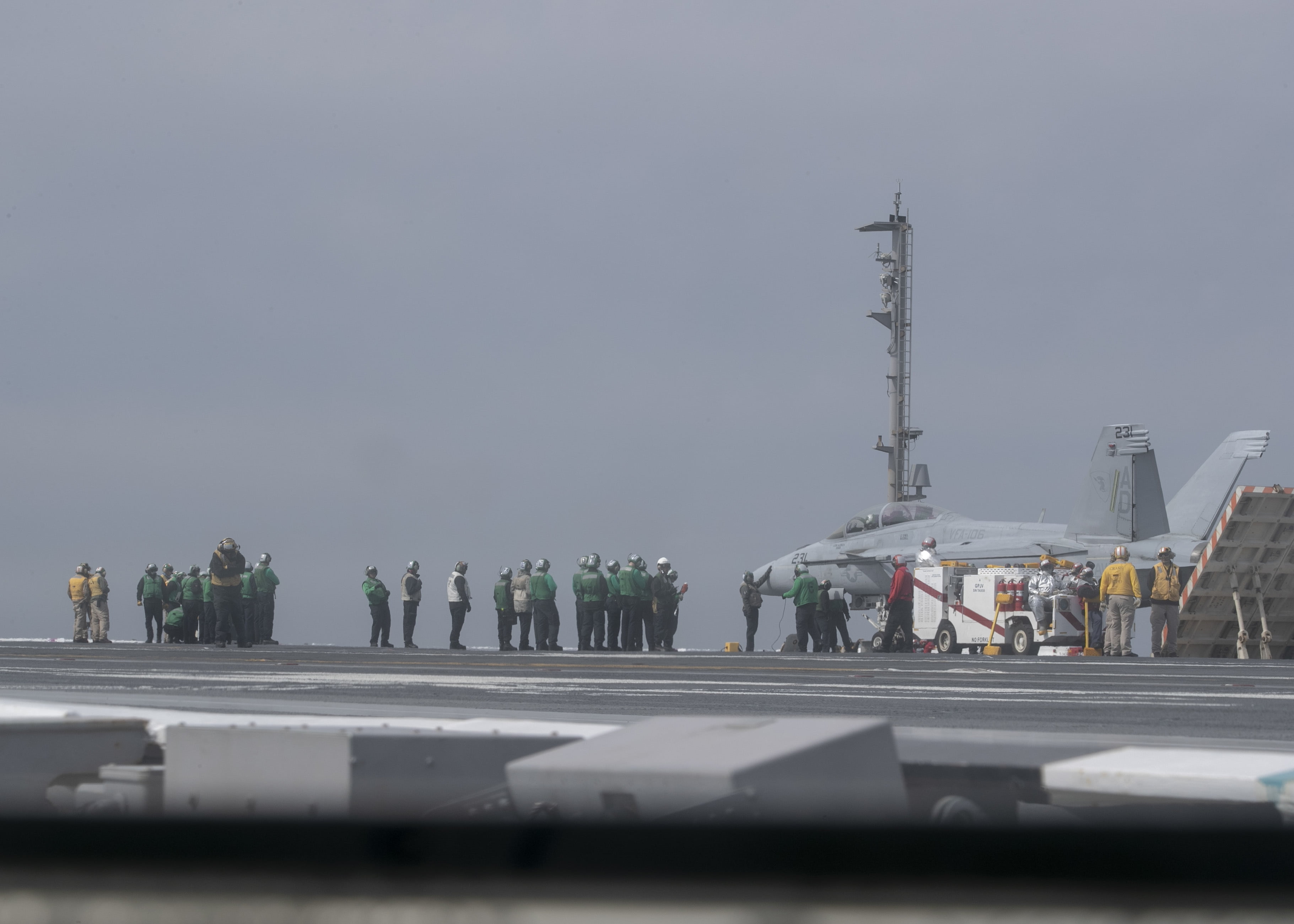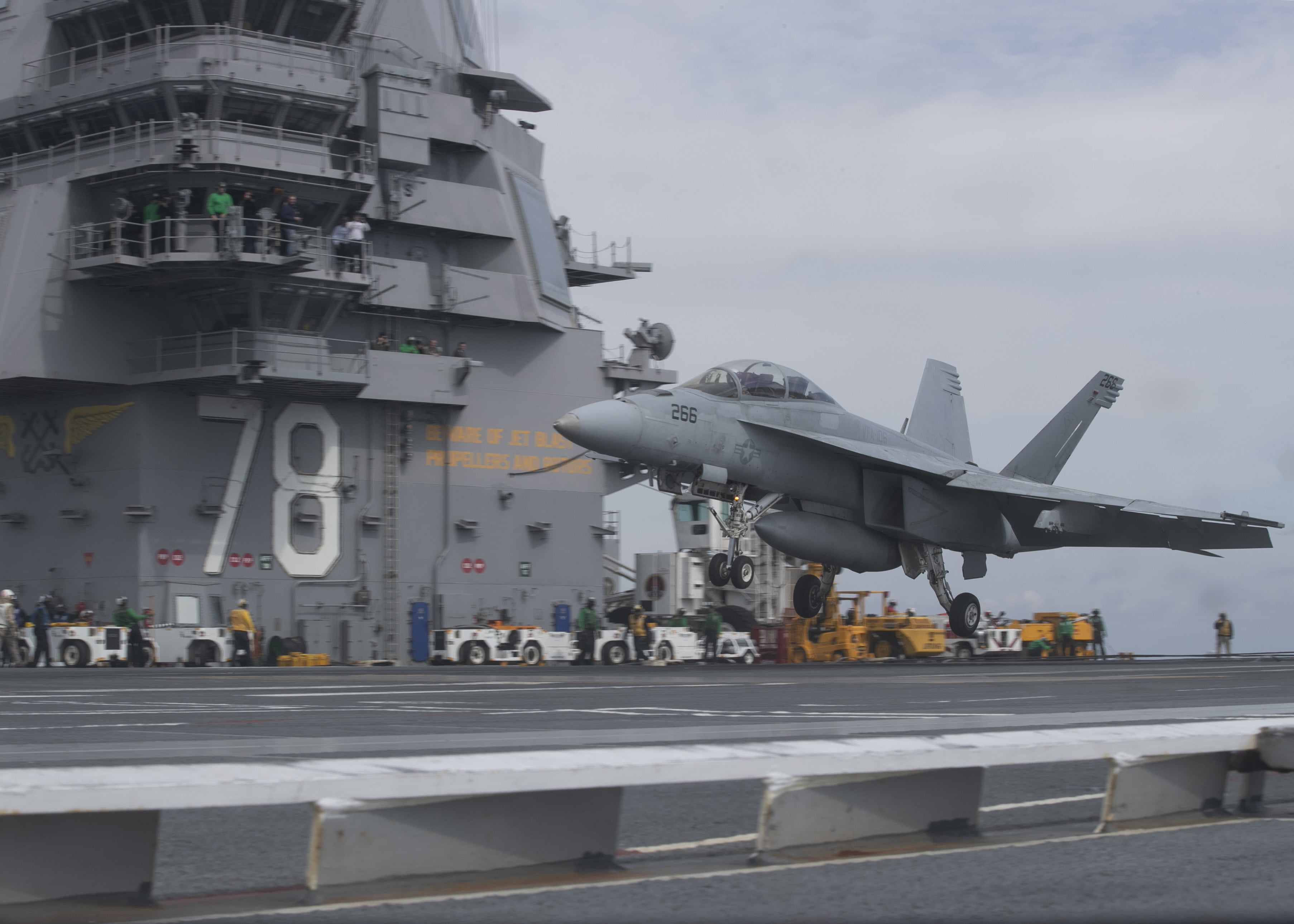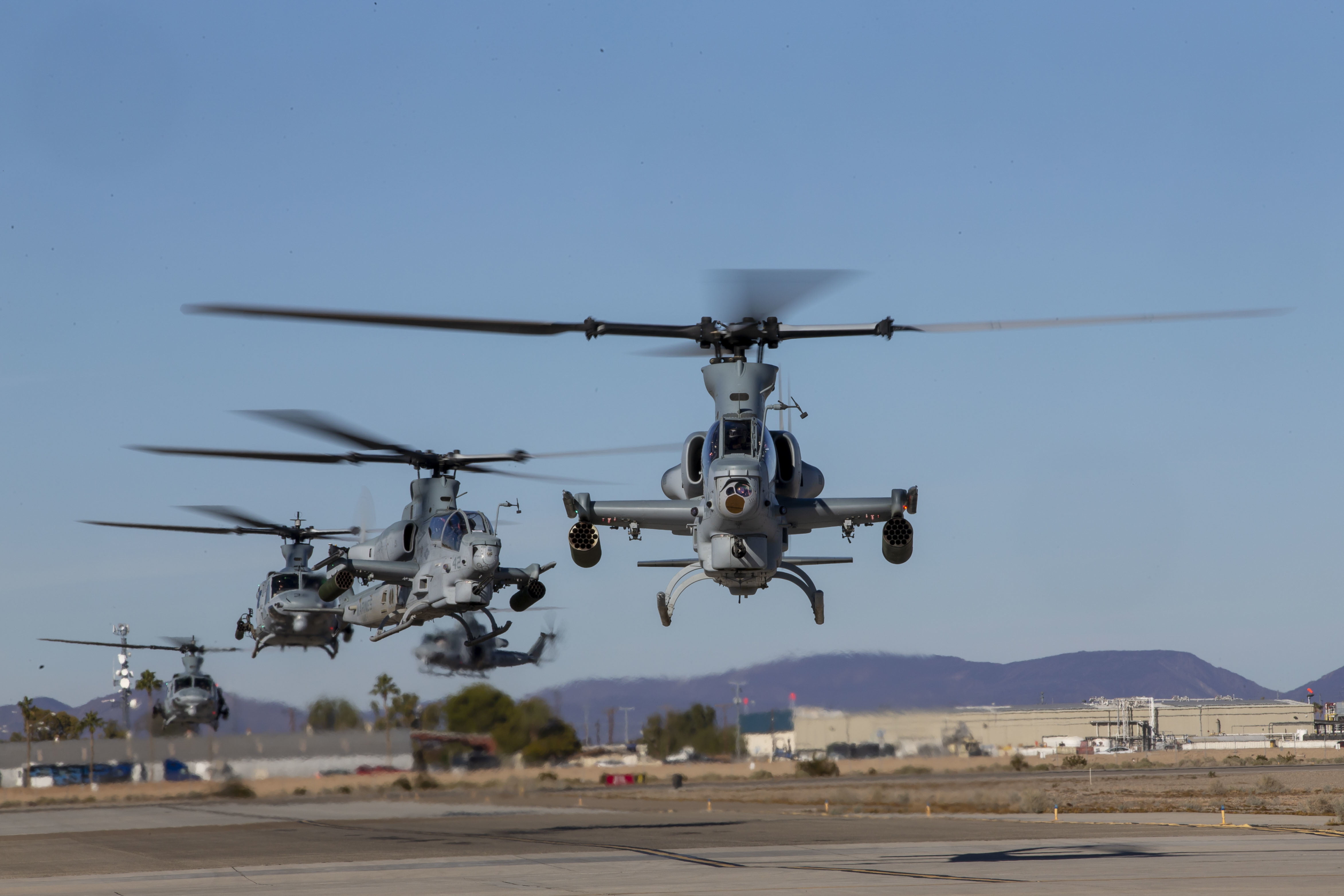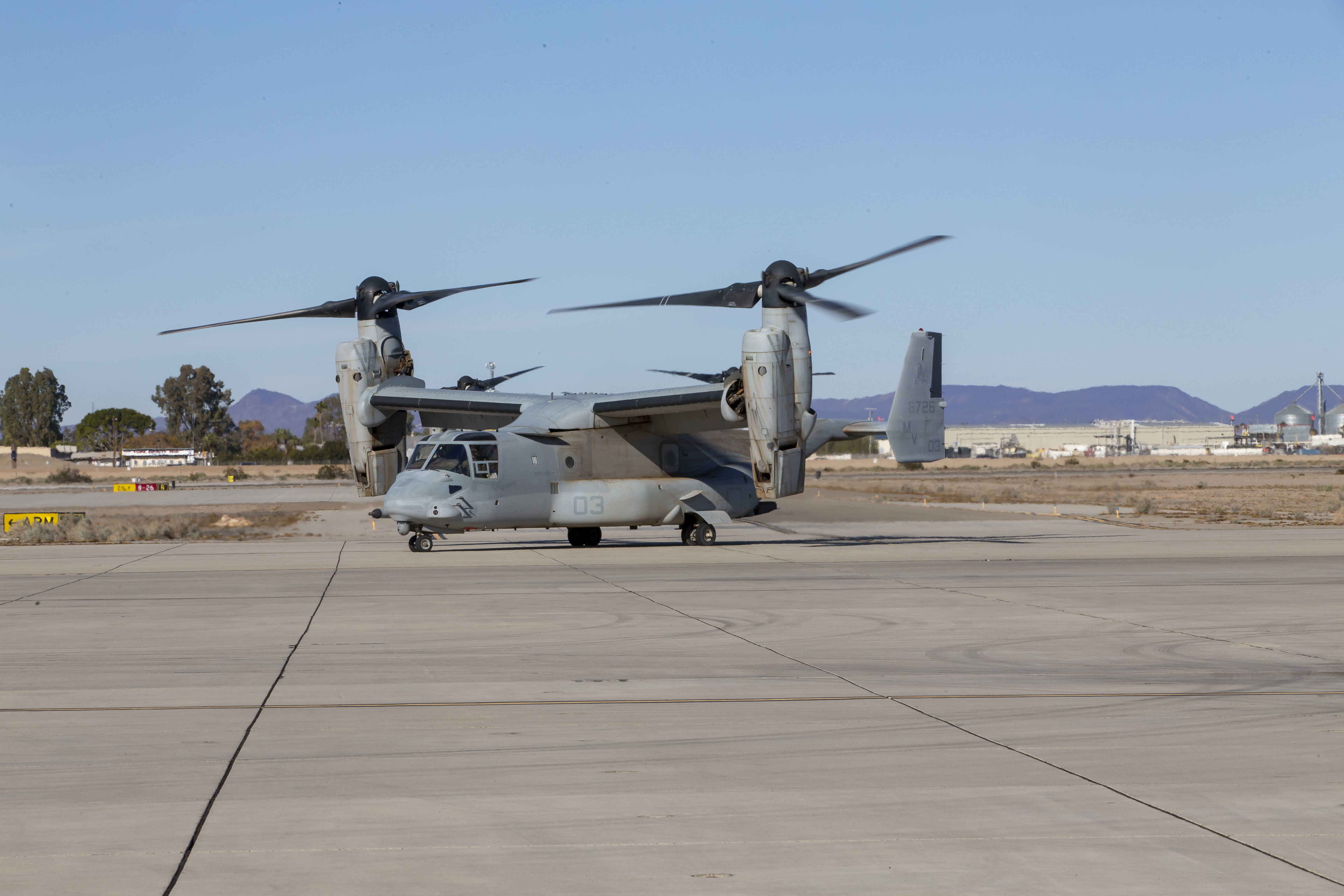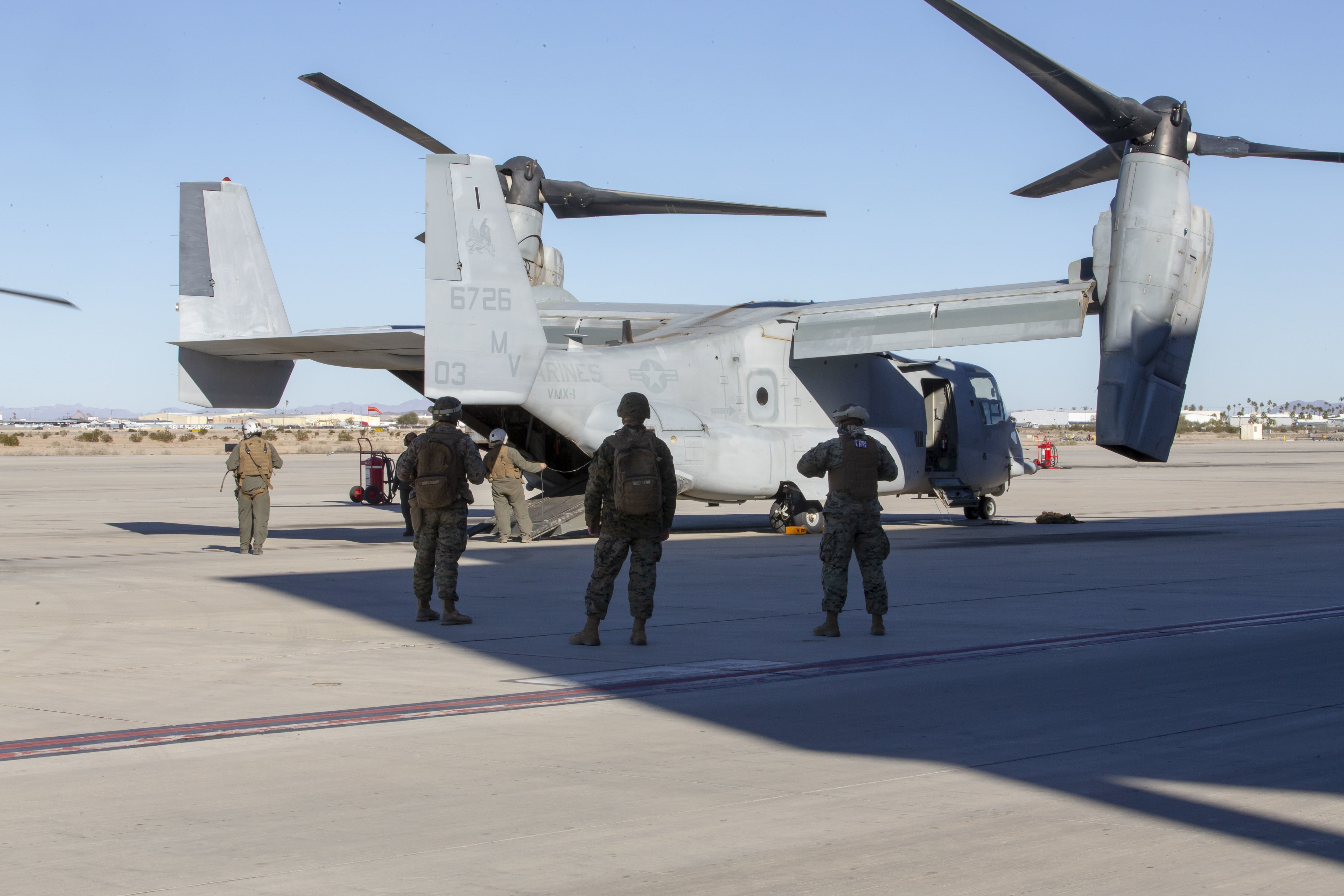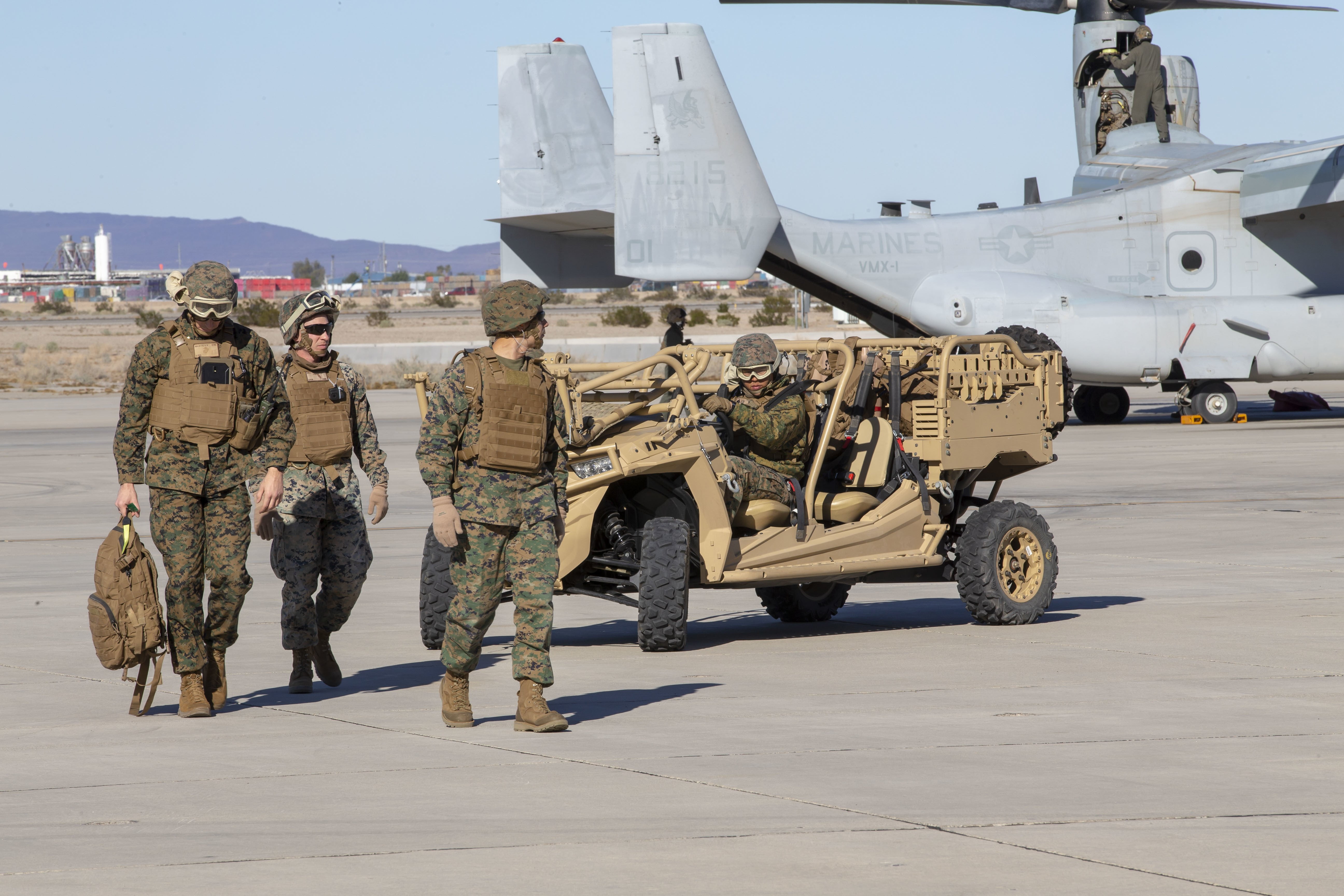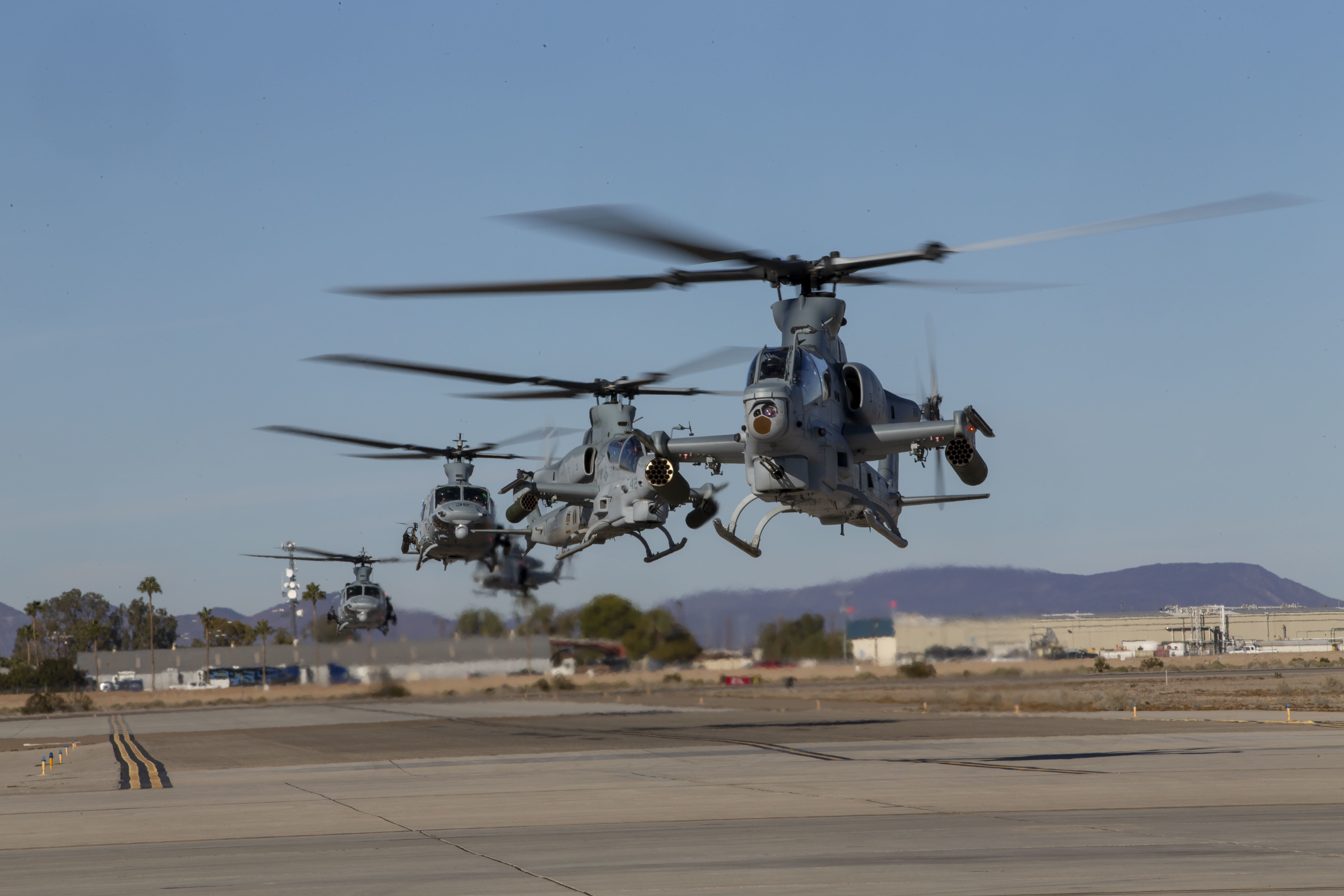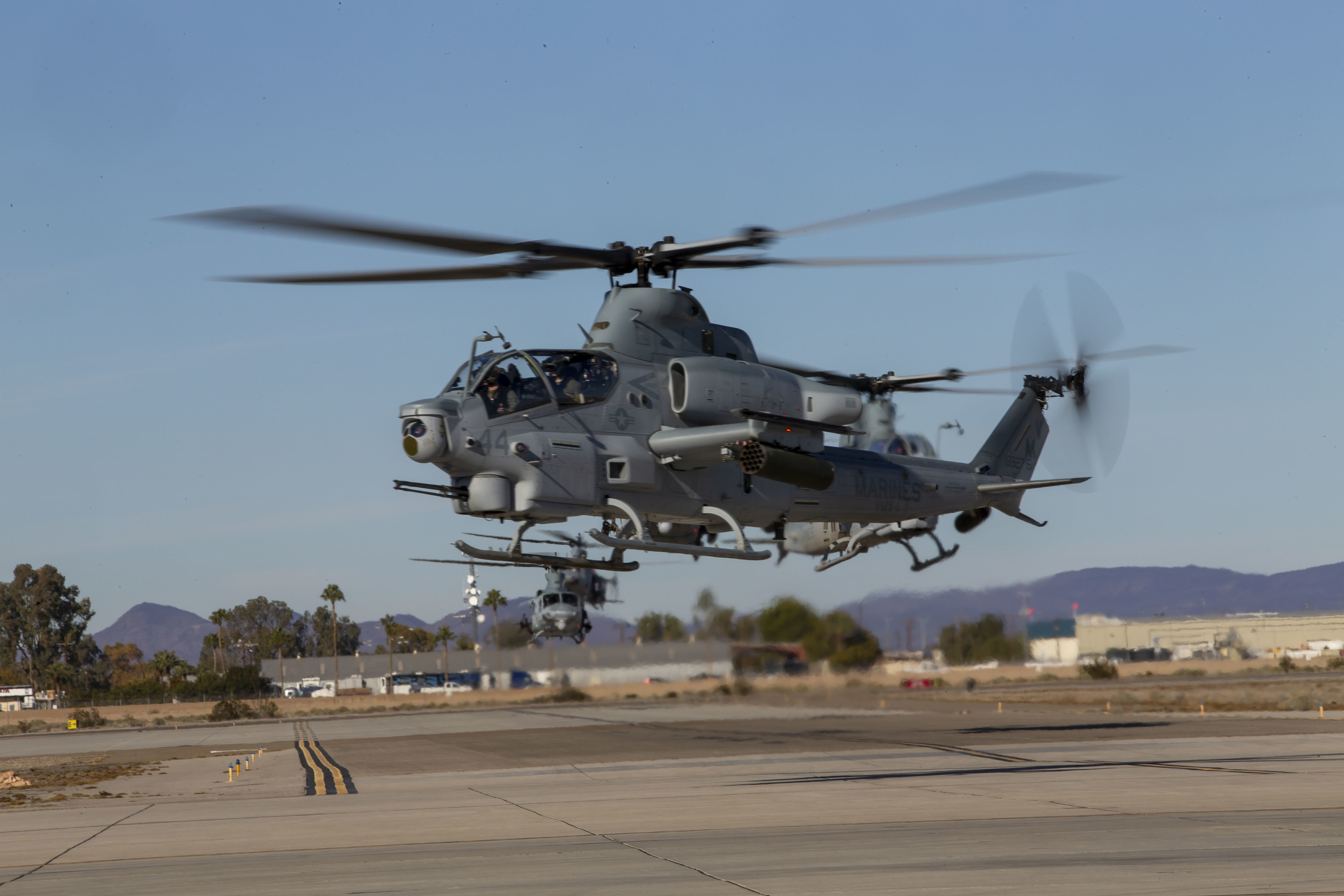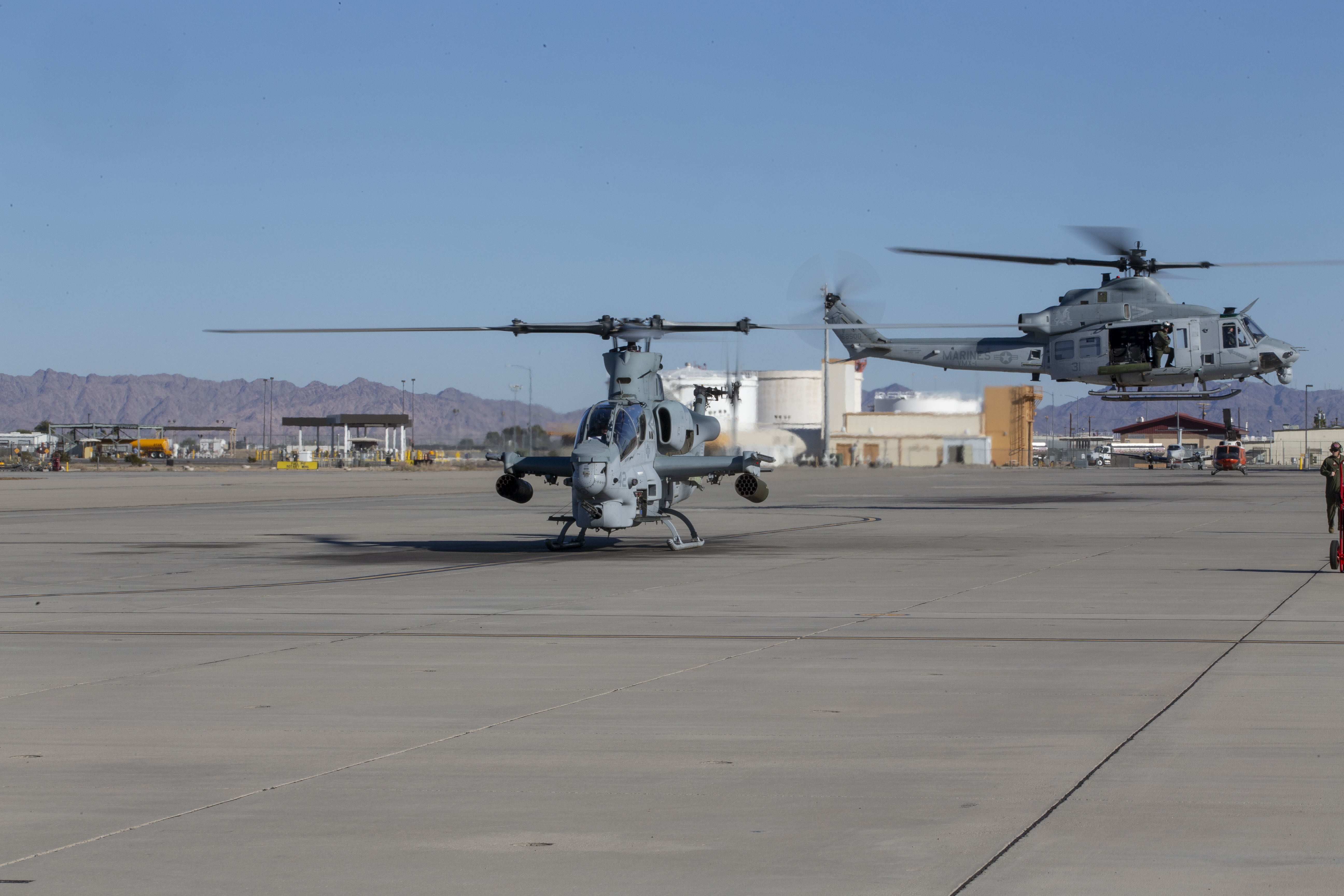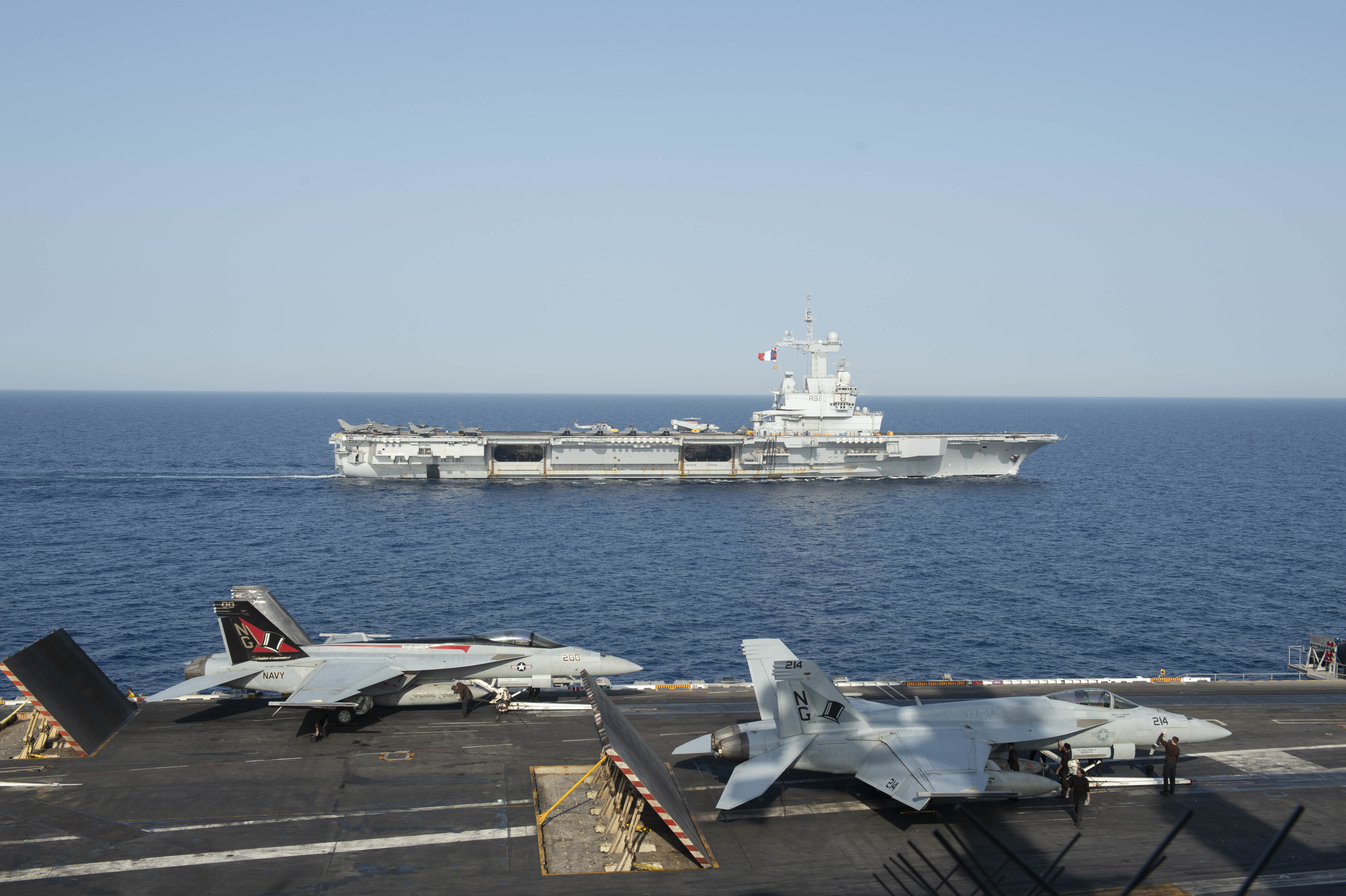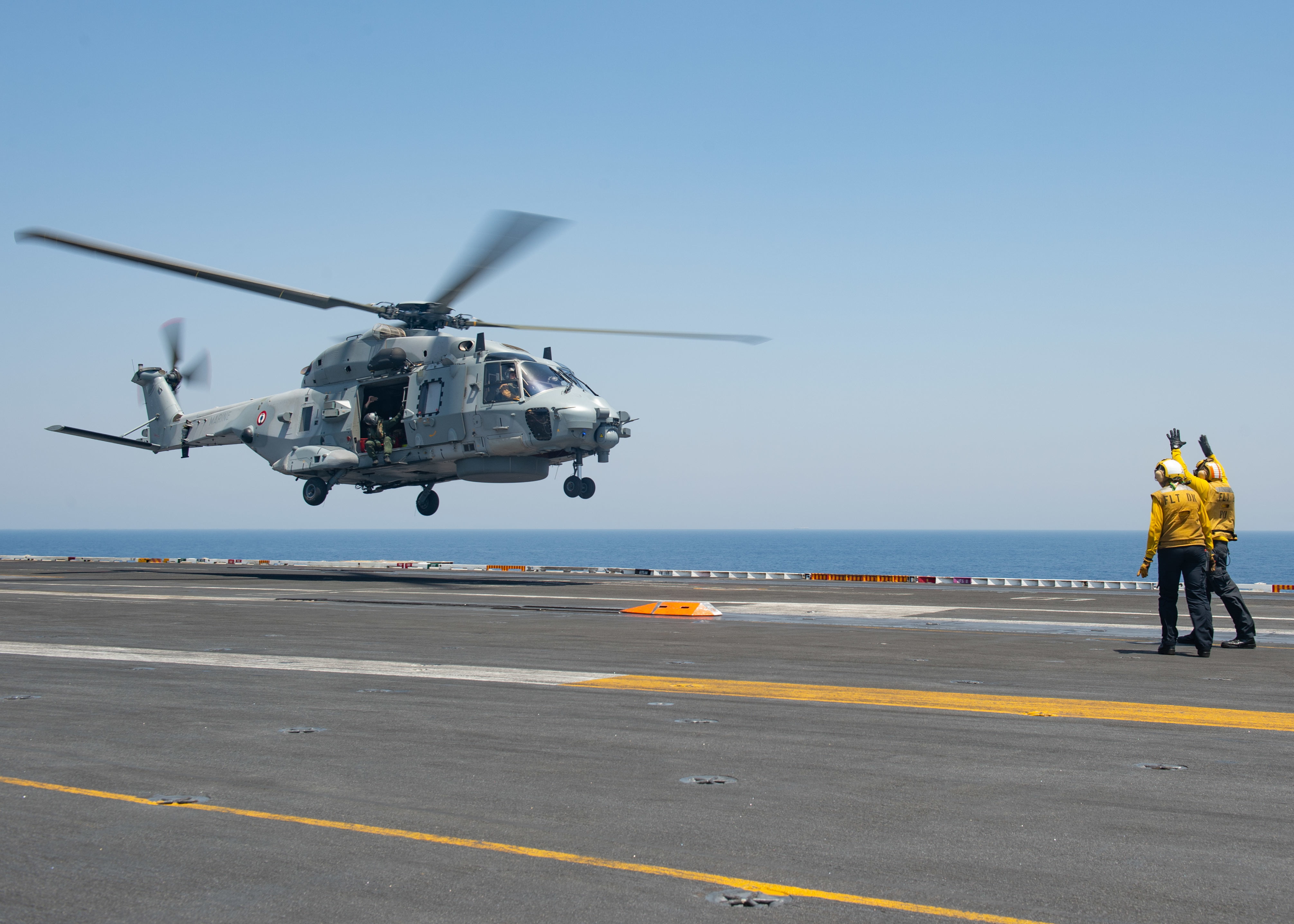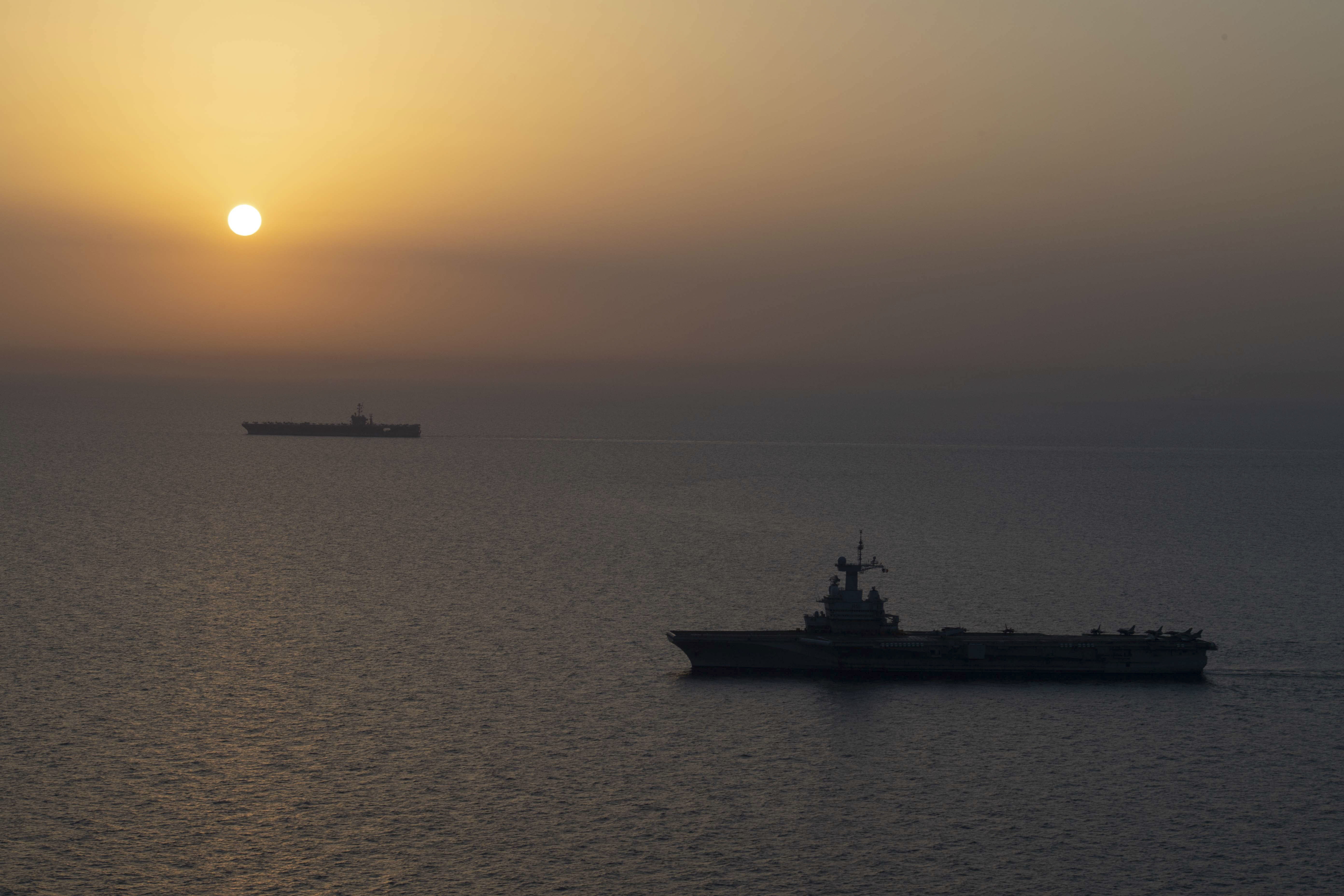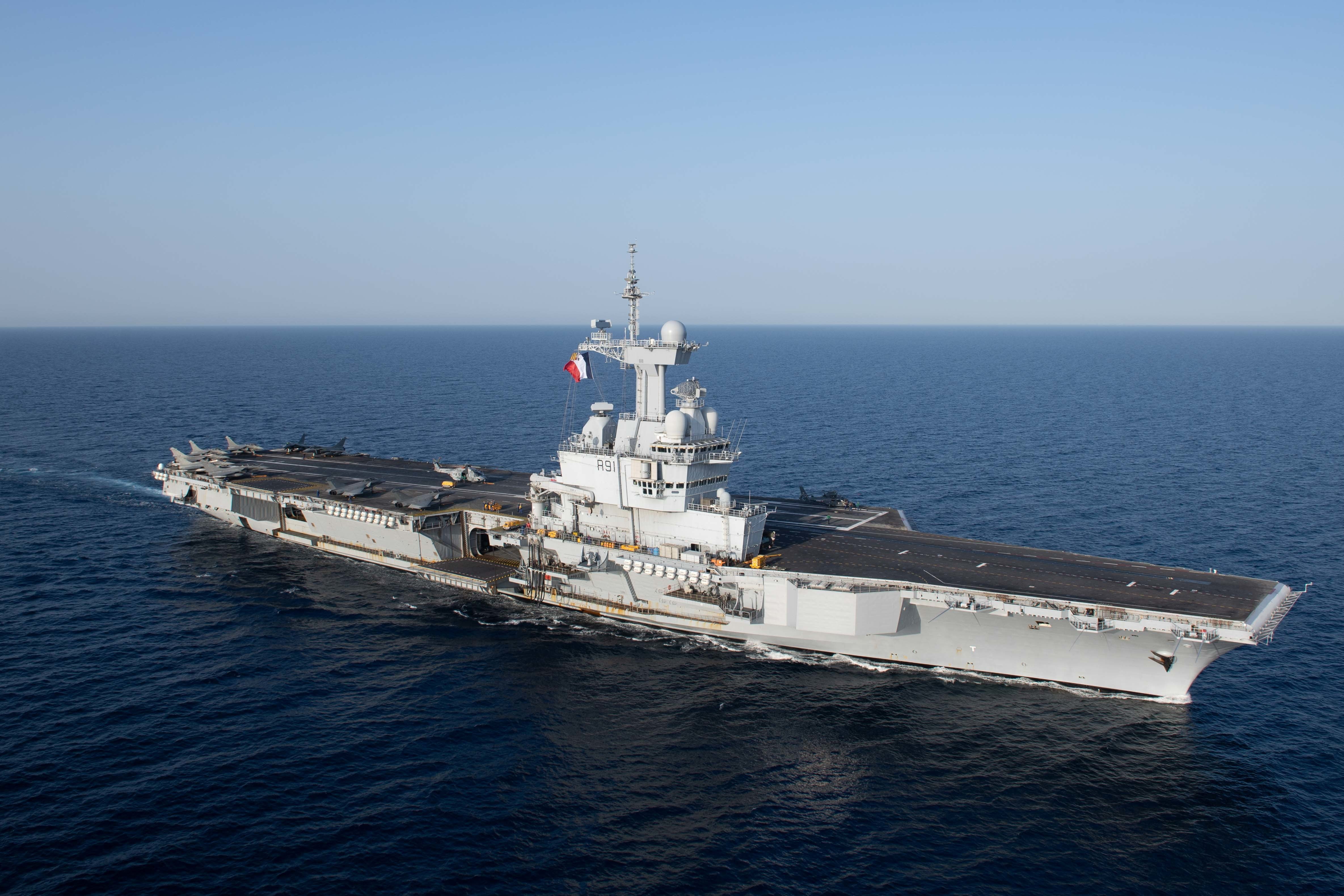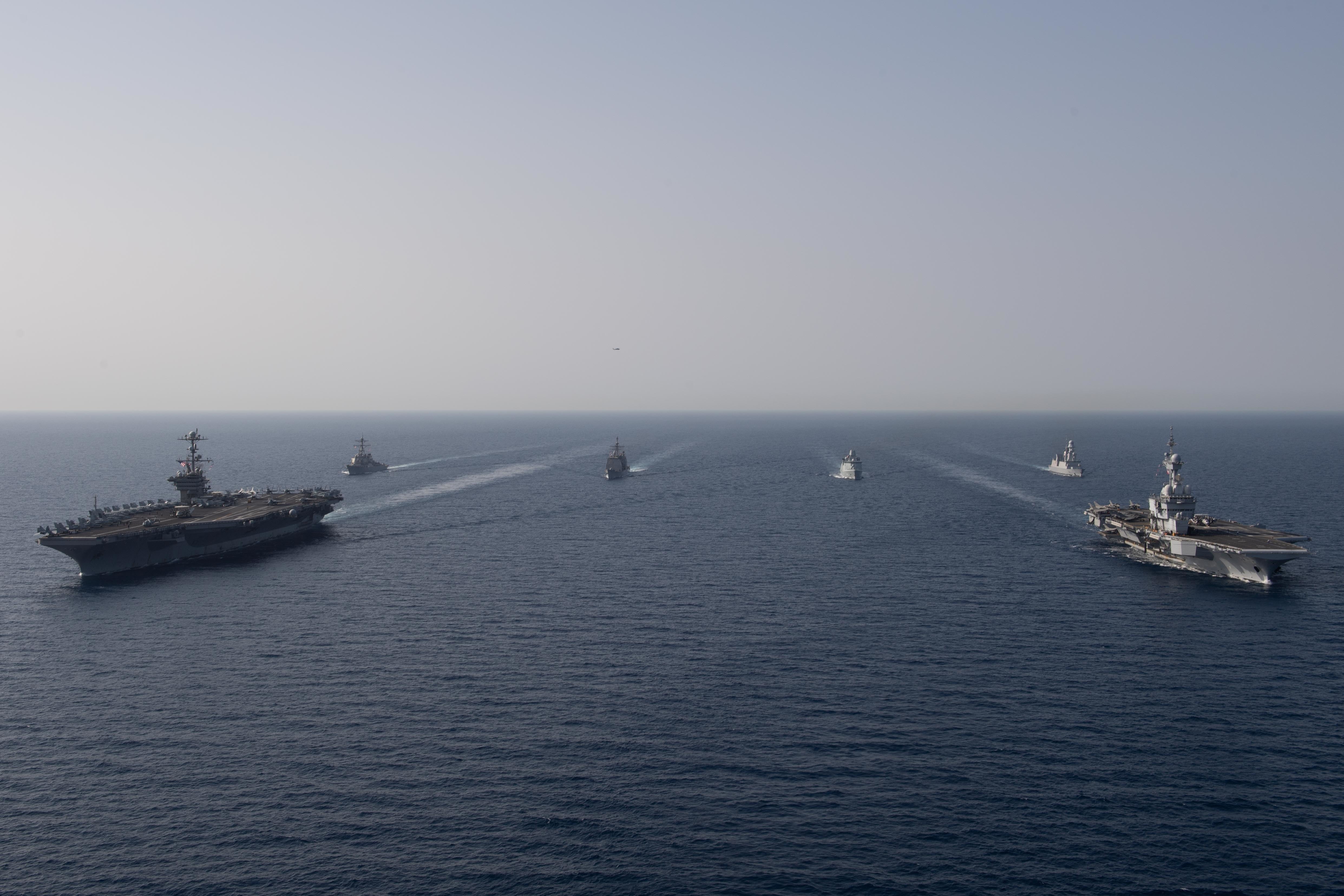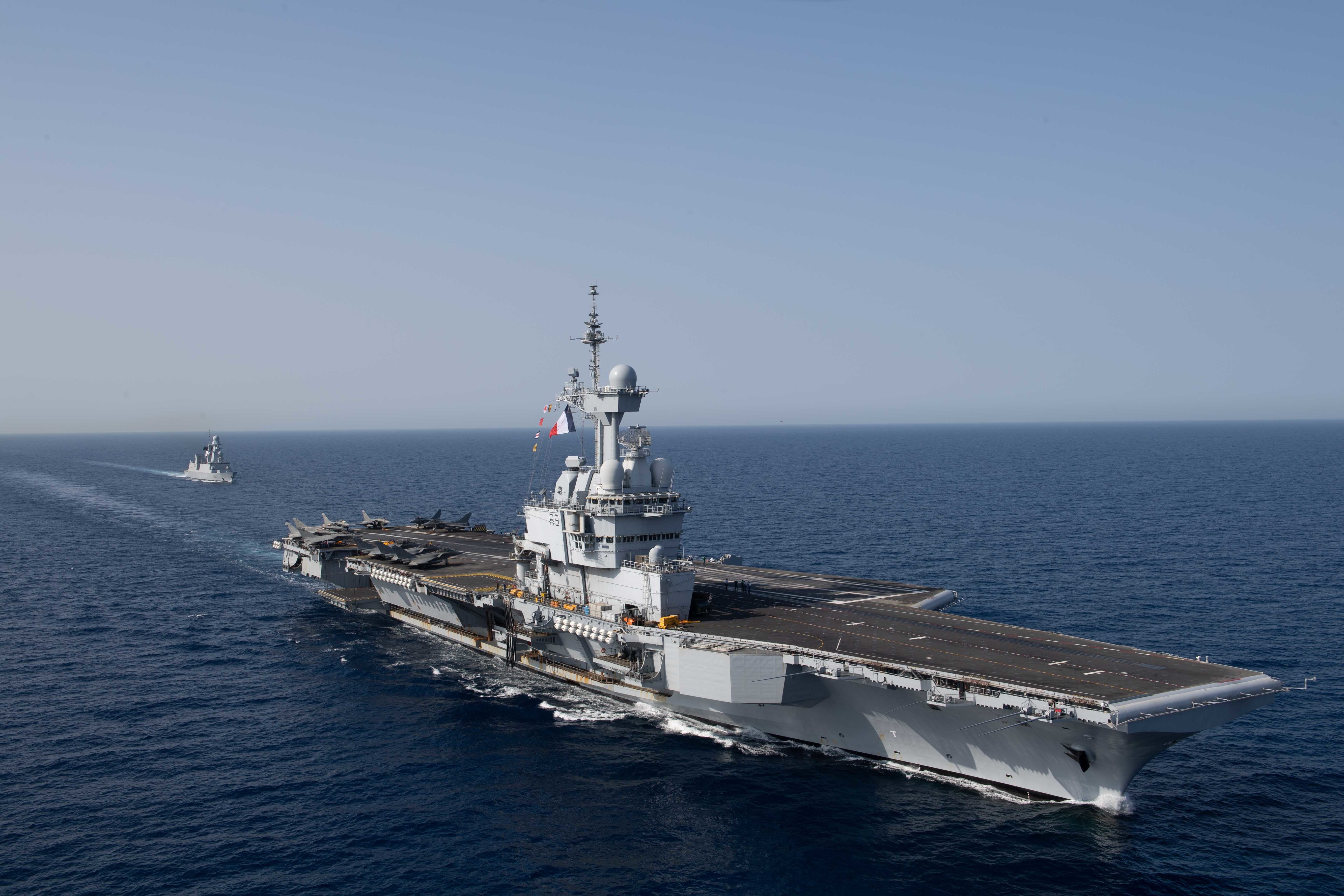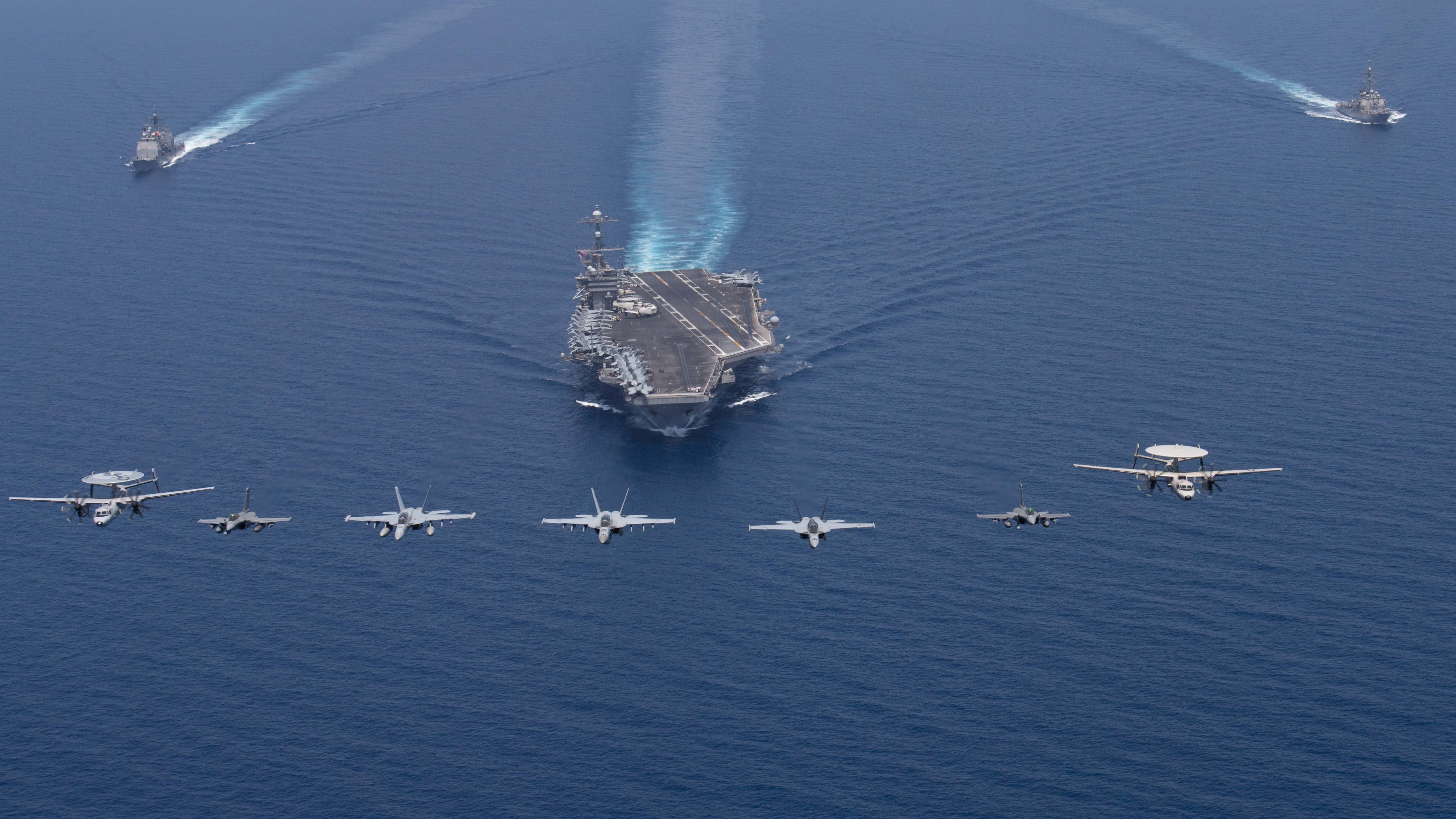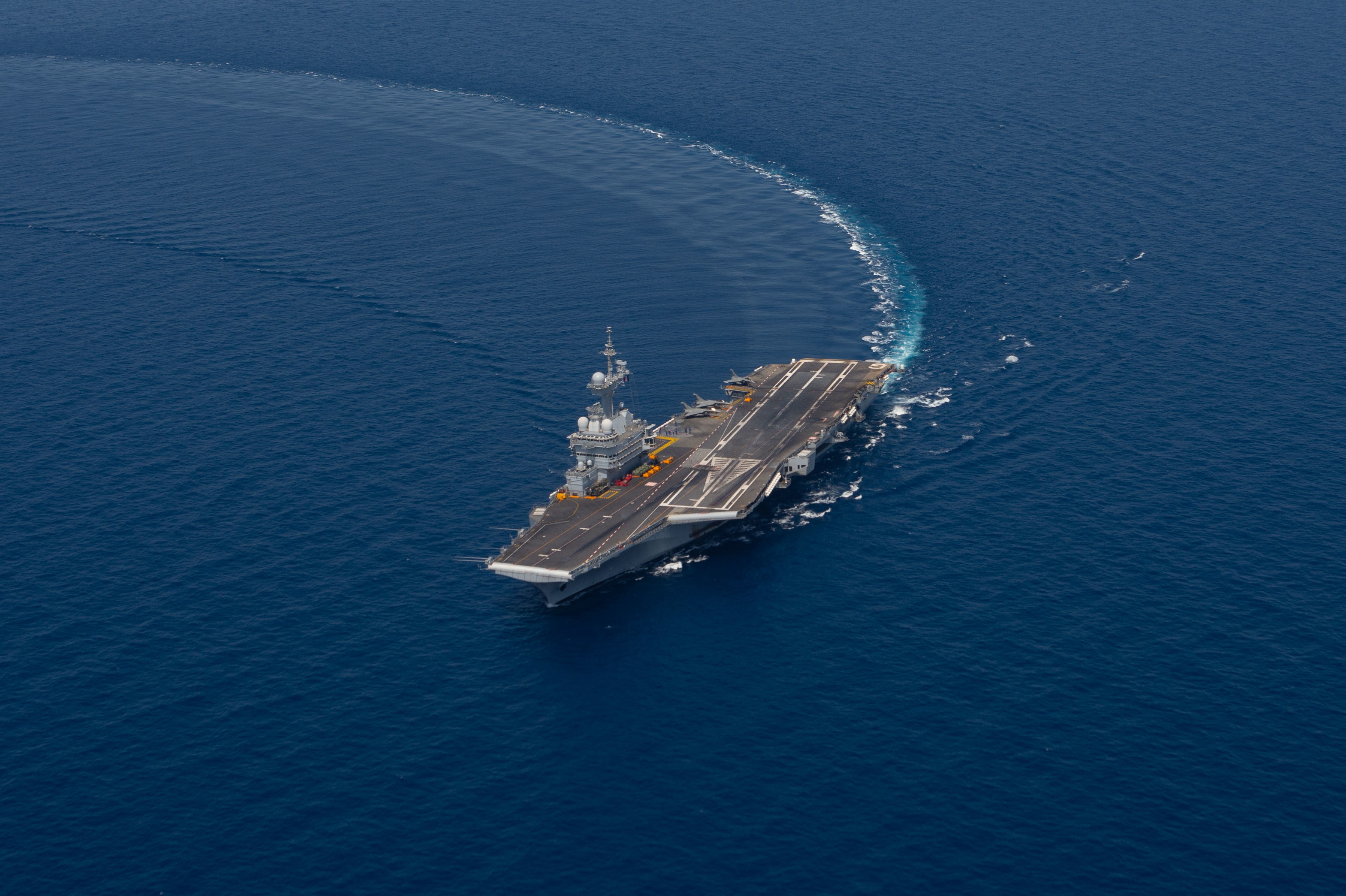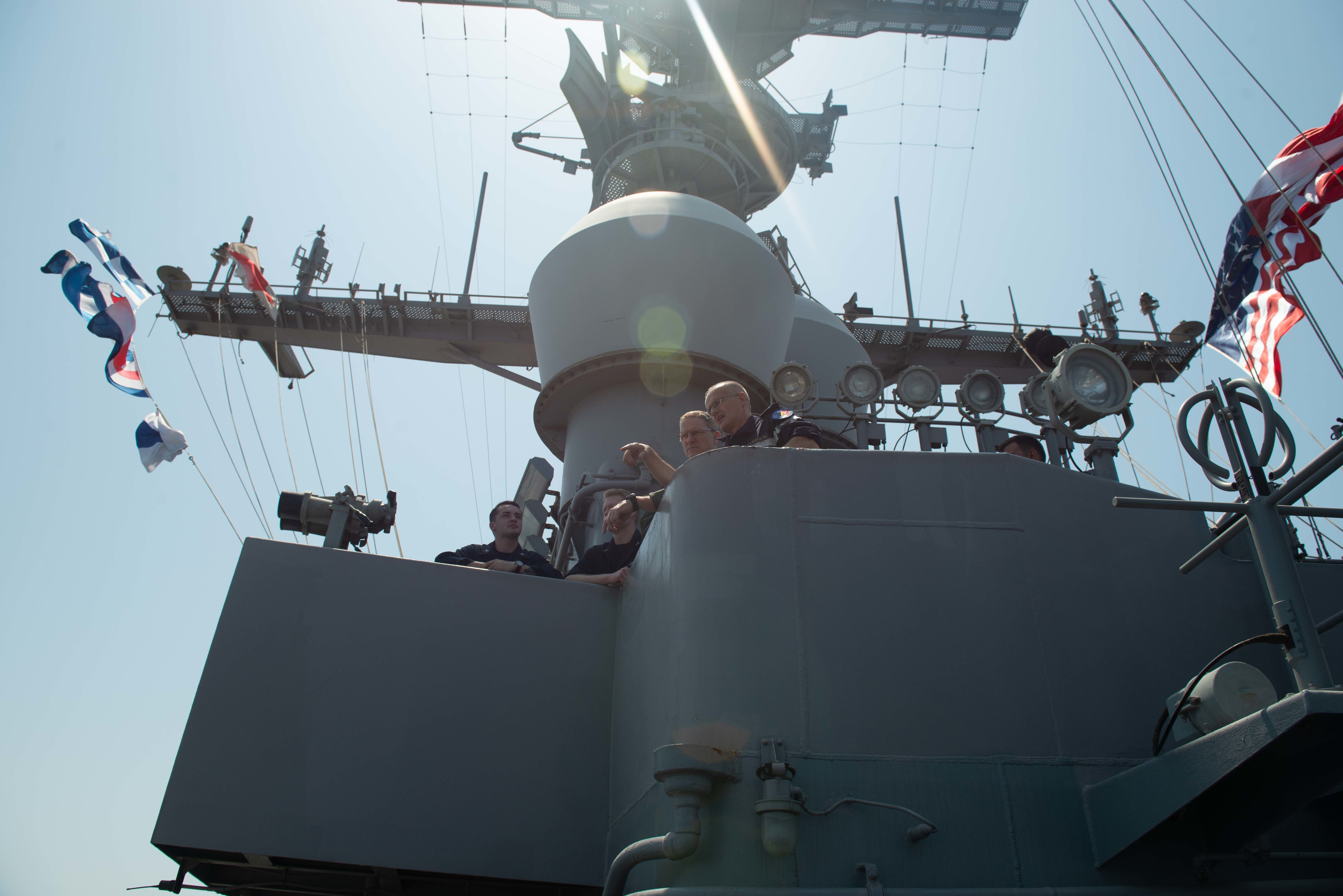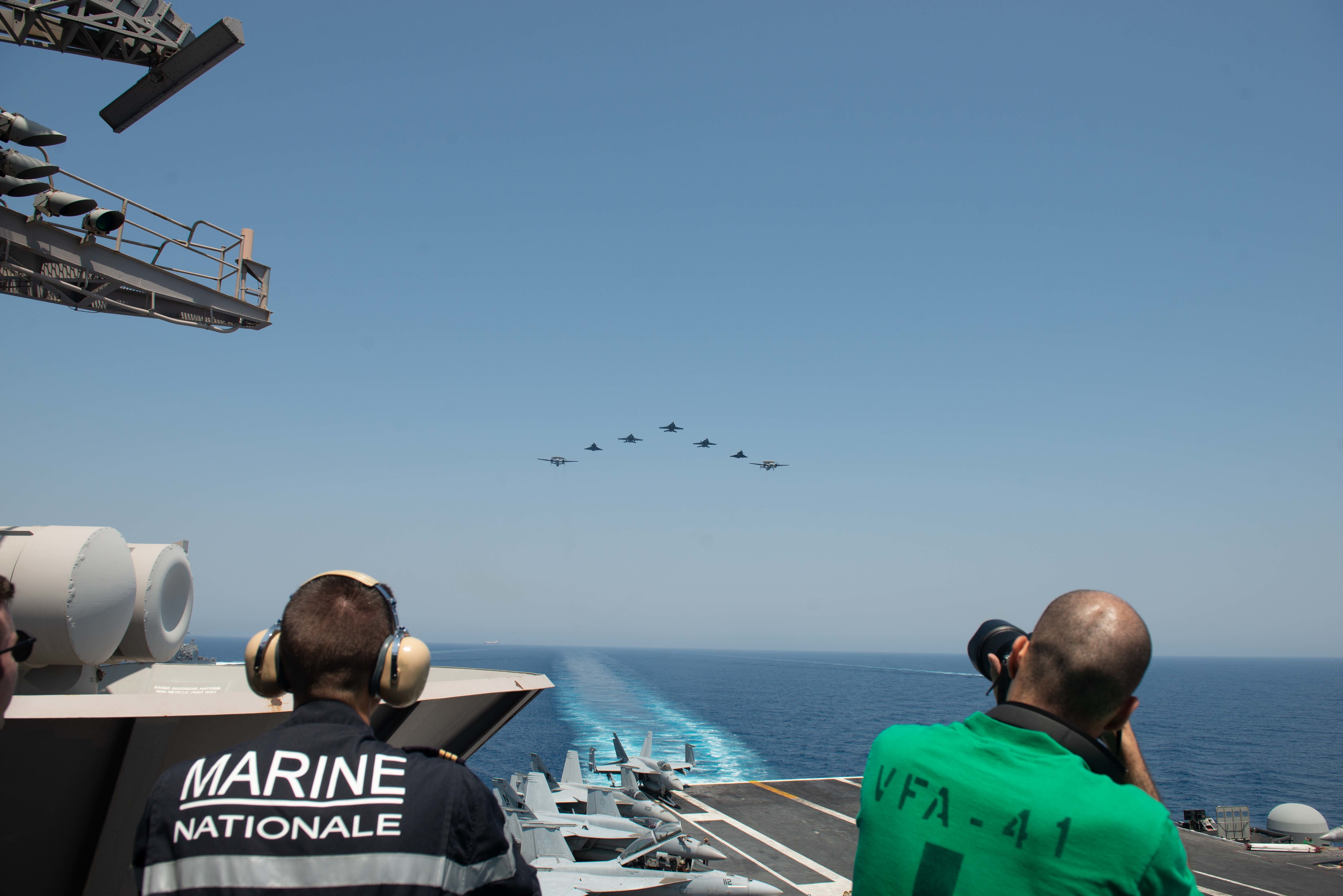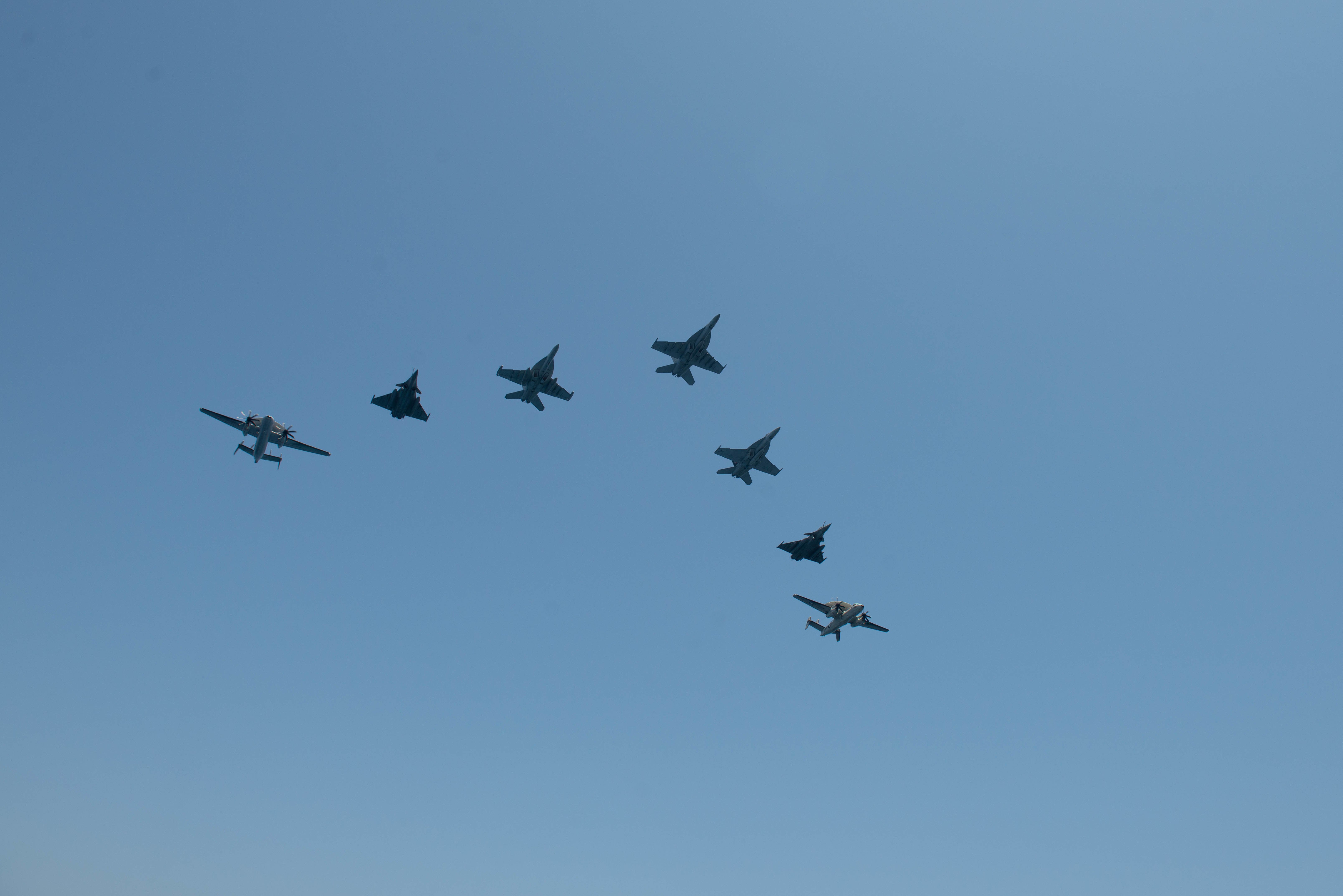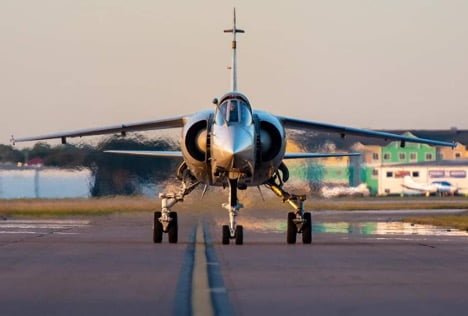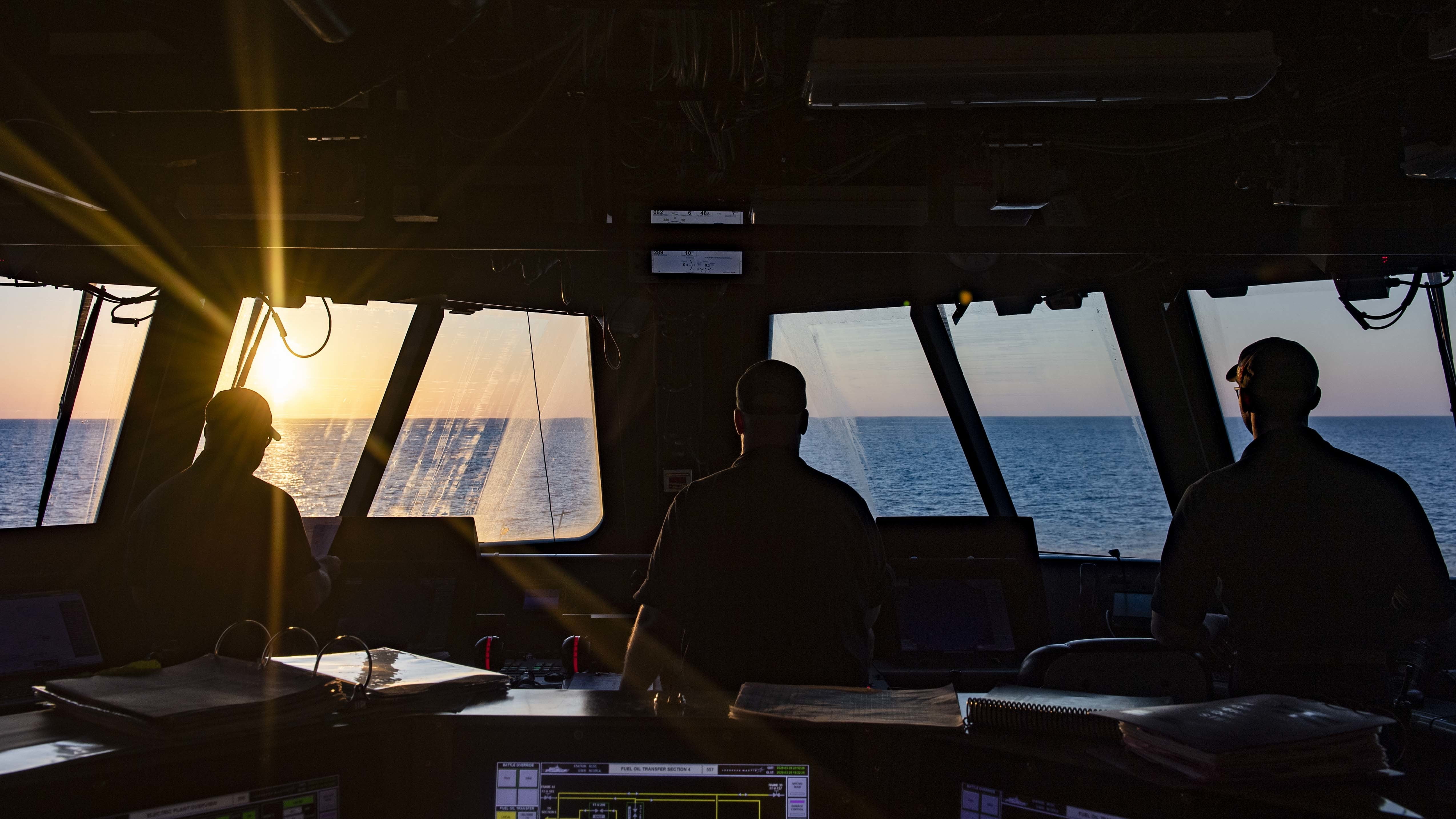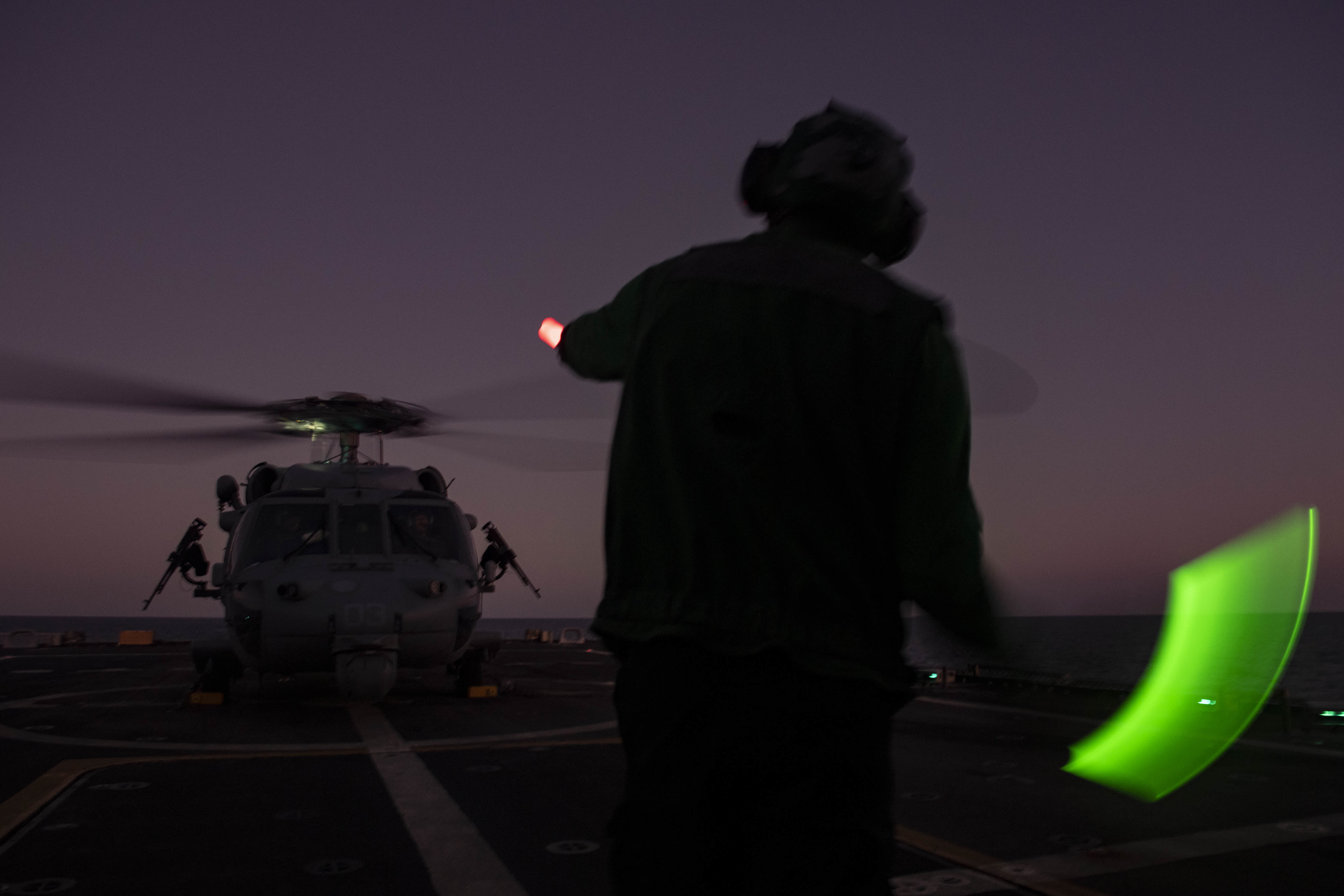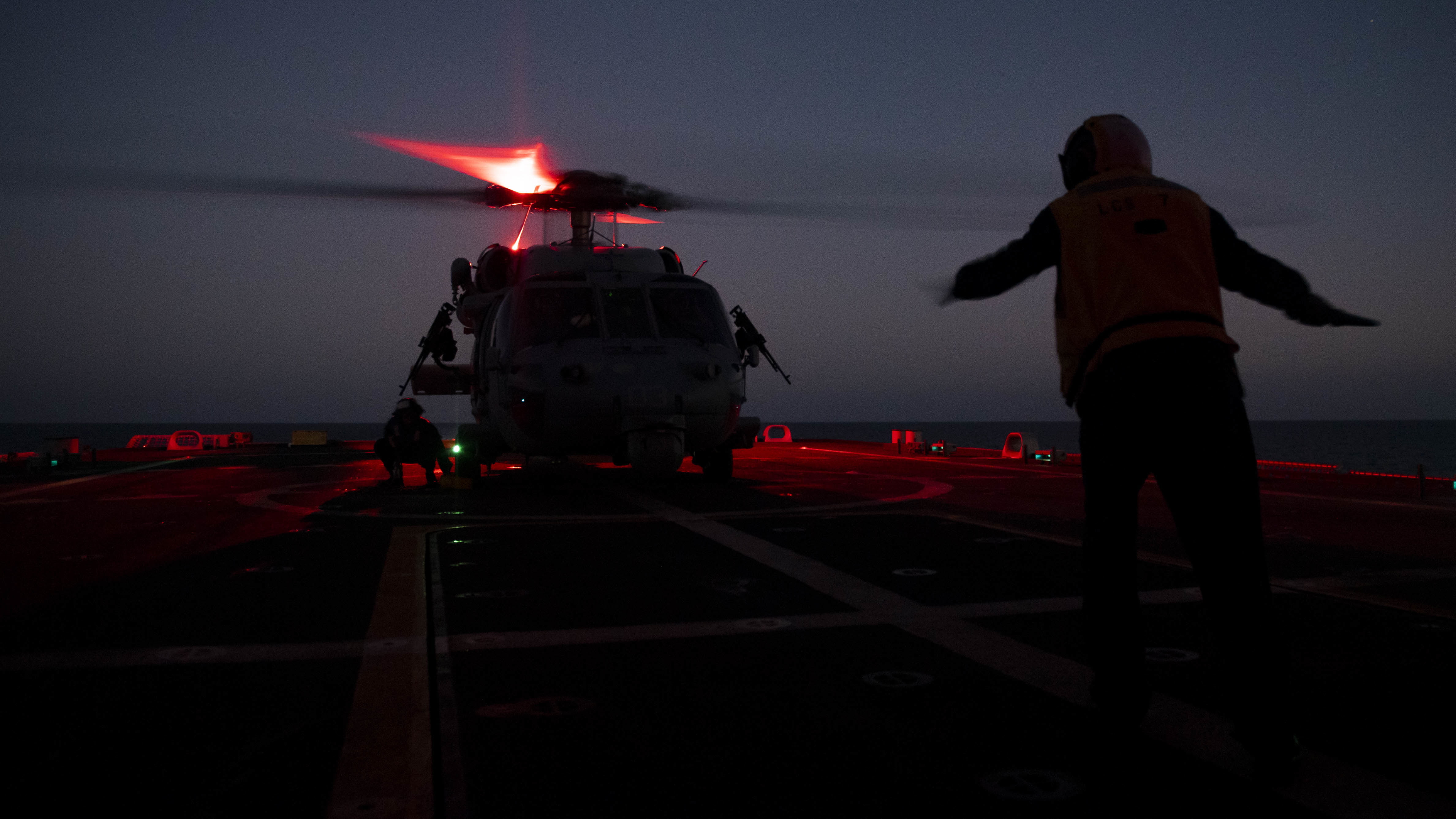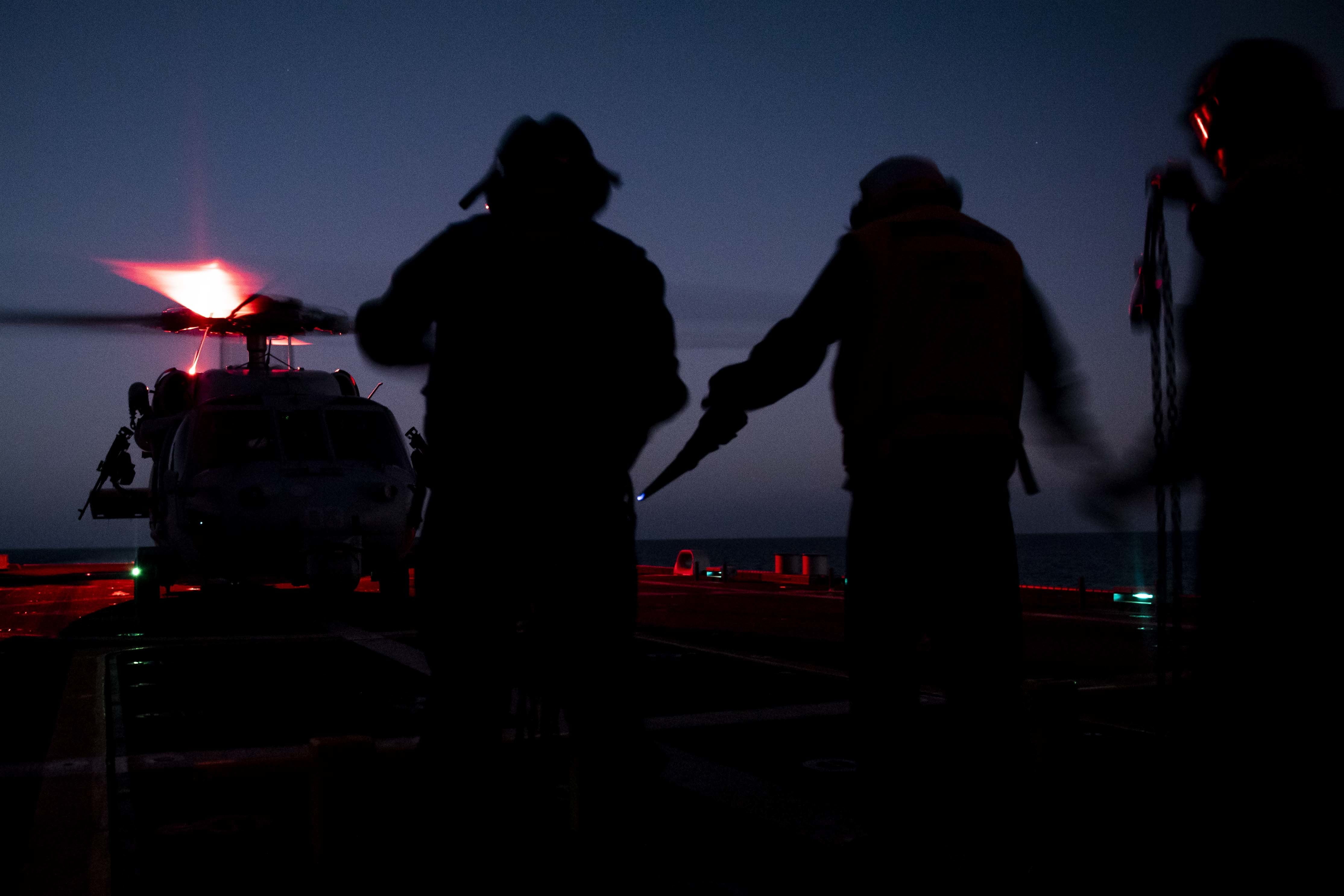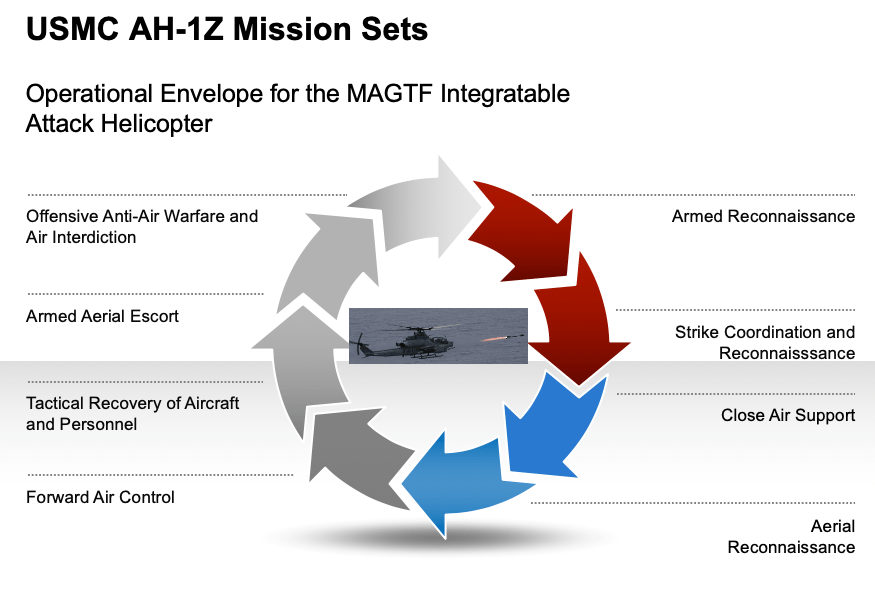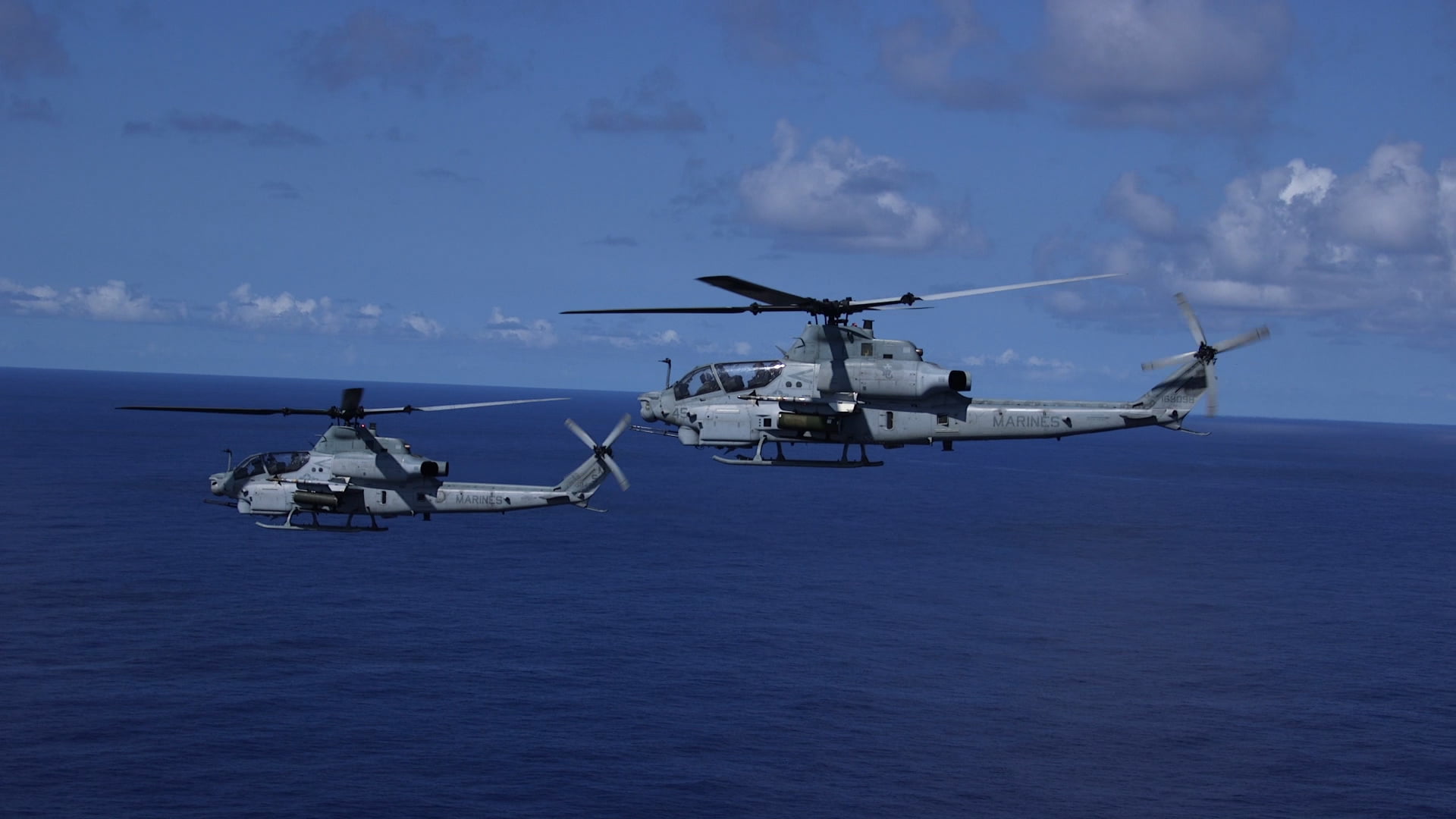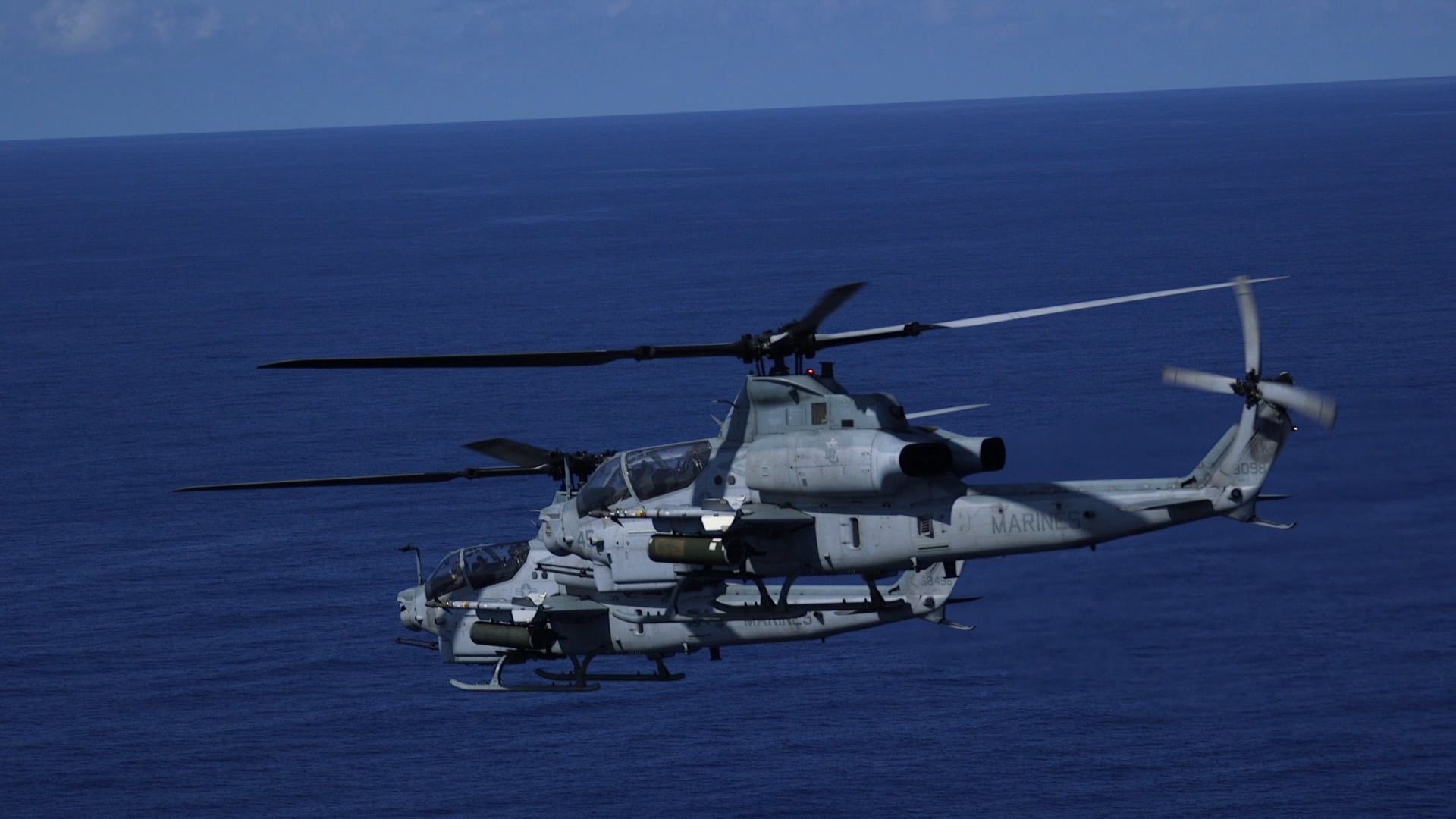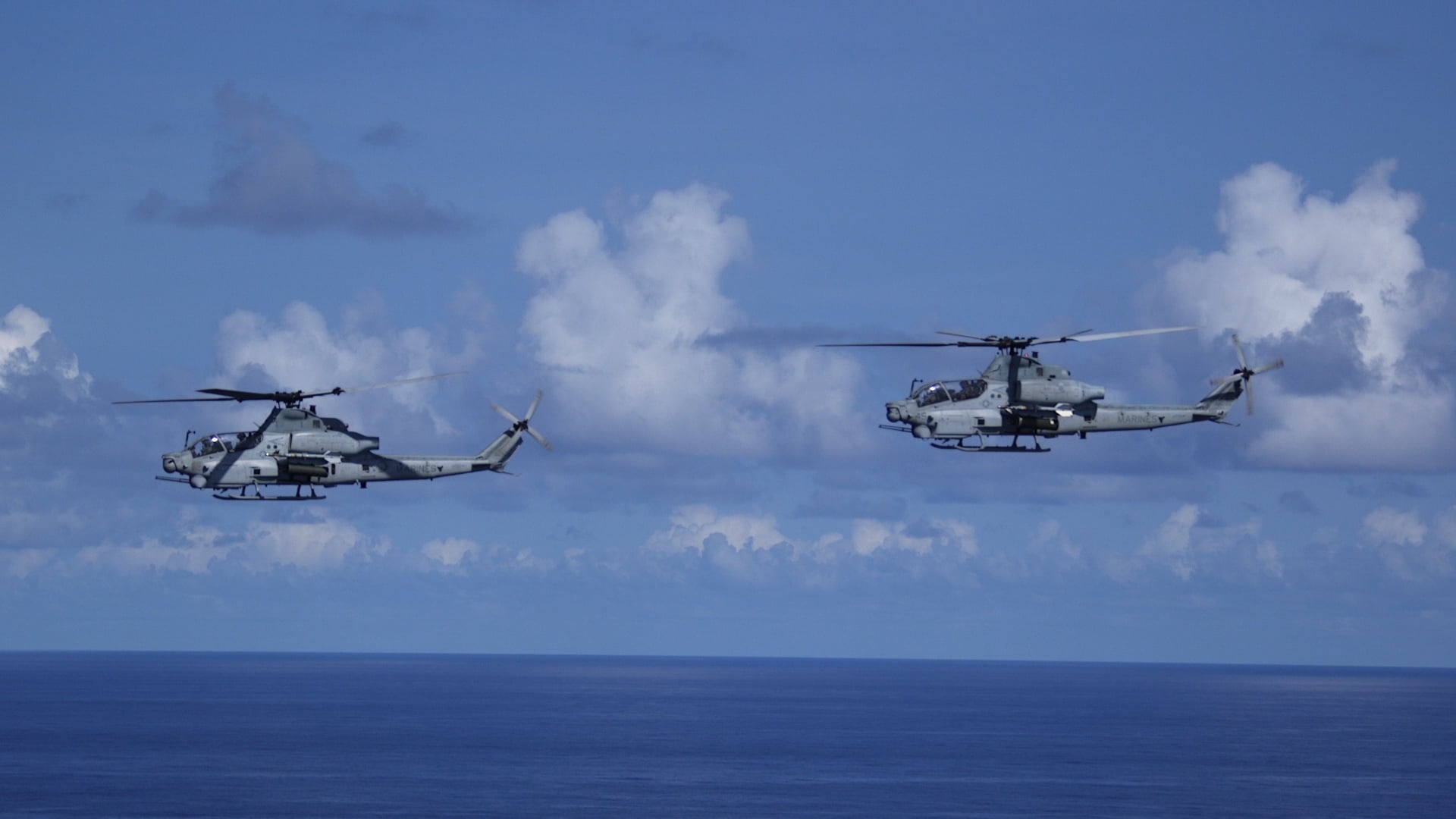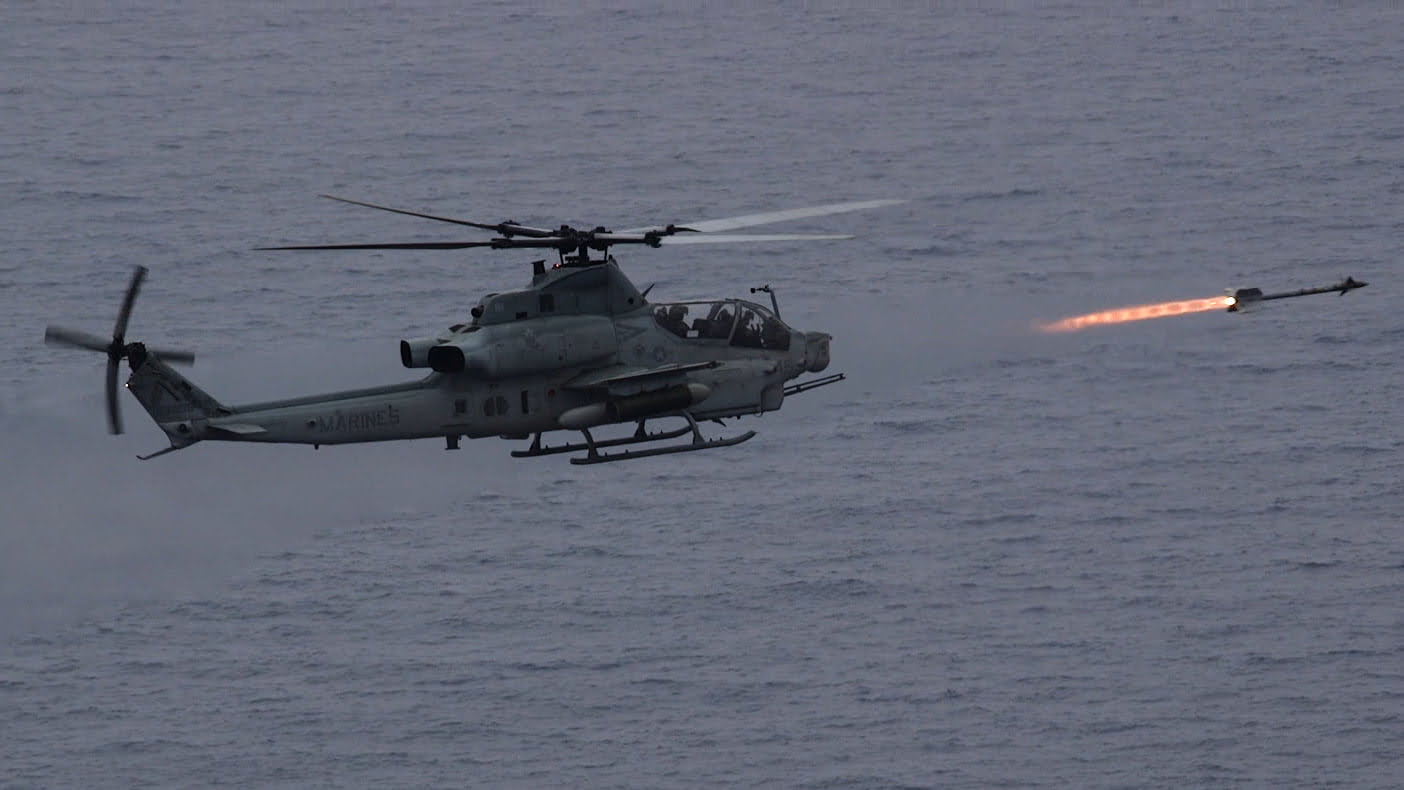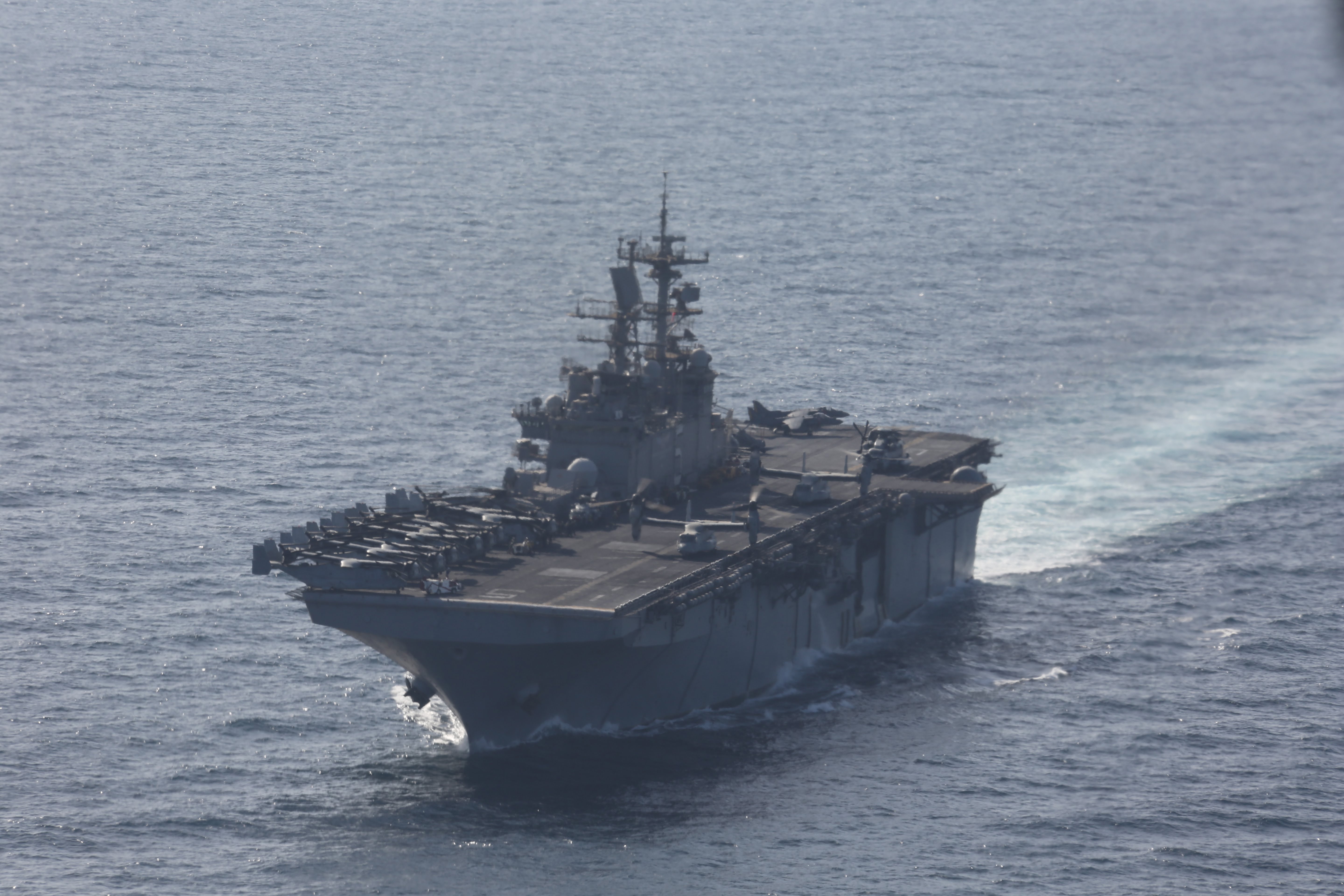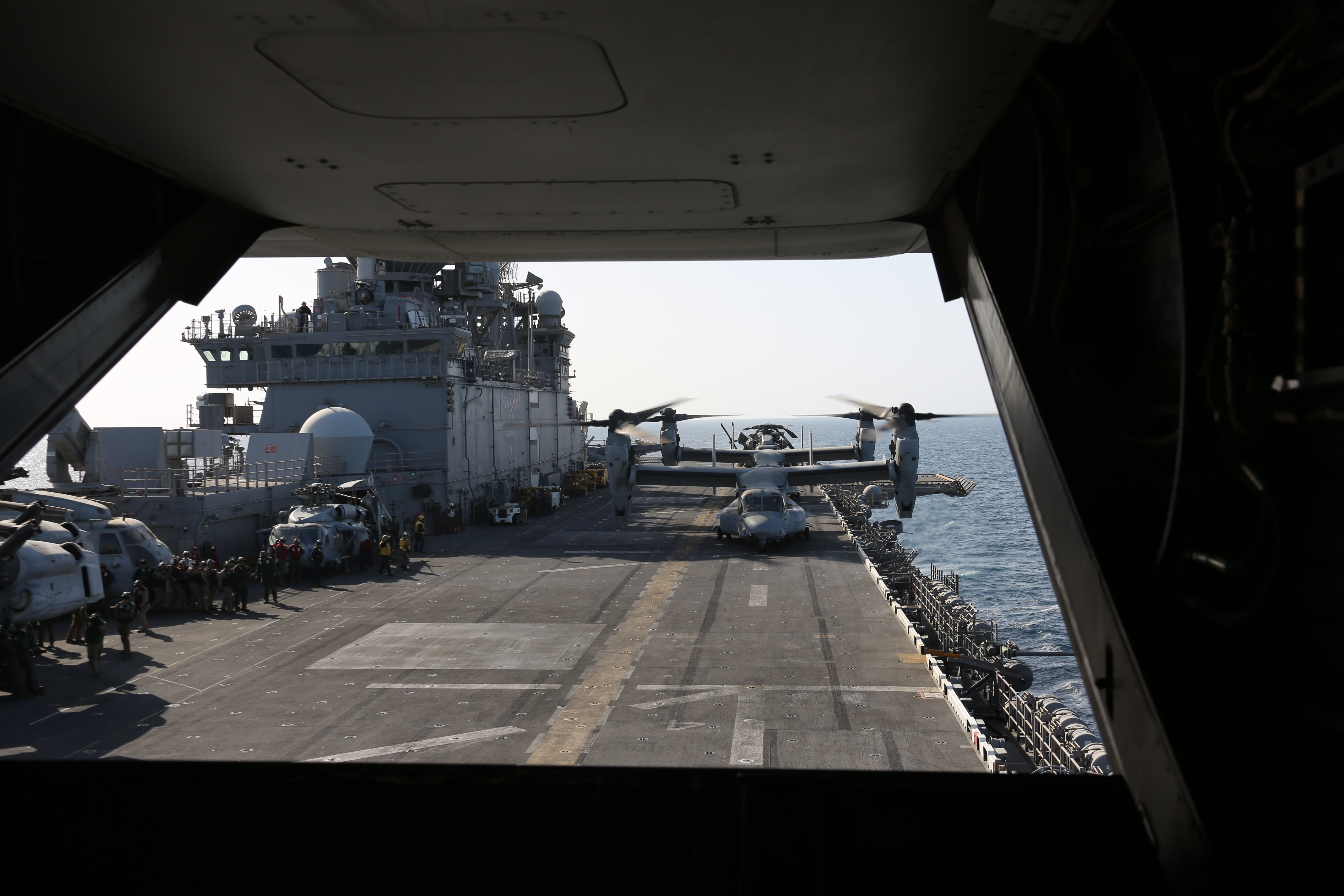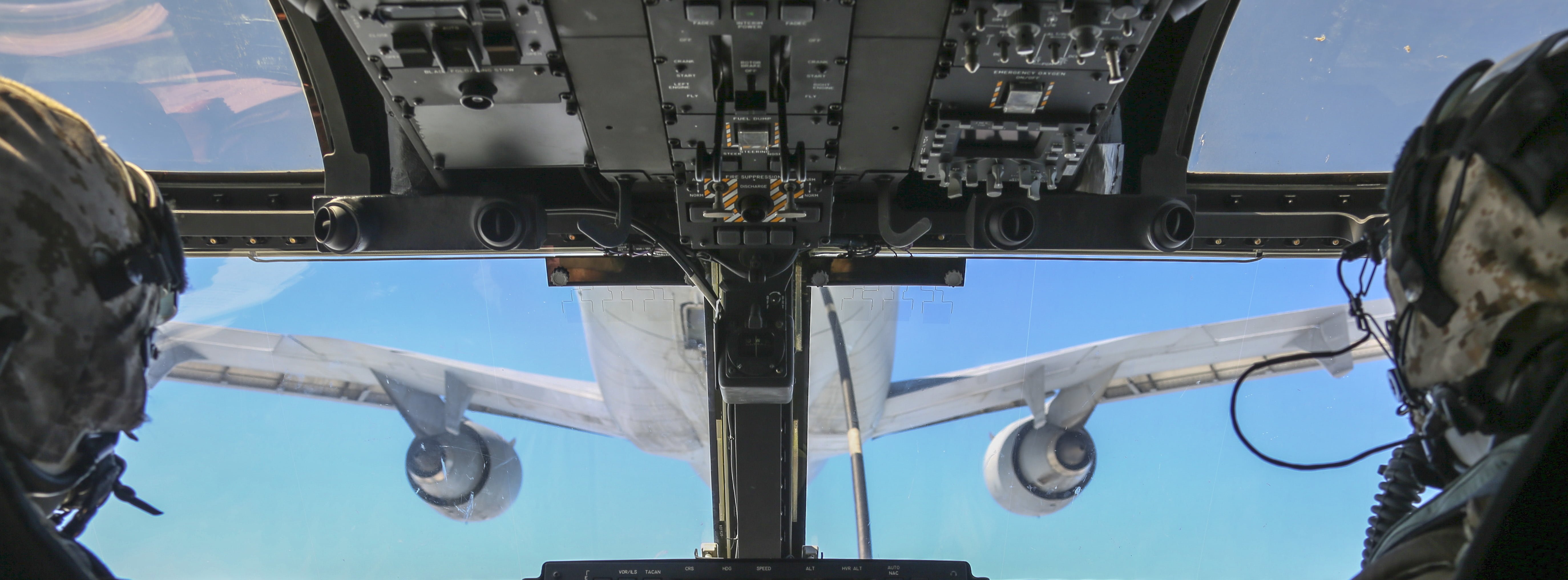by defenceWeb
The European Union is stepping up its efforts to enforce the UN arms embargo on Libya through the launch of a new CSDP (Common Security and Defence Policy) military operation in the Mediterranean.
The European Union (EU) Council on 31 March adopted a decision launching Operation EU Navfor Med Irini.
“Diplomacy cannot succeed unless it is backed by action. This operation will be essential and a clear contribution to promoting peace in our immediate neighbourhood through a permanent ceasefire,” said Josep Borrell, High Representative of the Union for Foreign Affairs and Security Policy and President of the Council.
Irini, (Greek for peace), will have as its core task the implementation of the UN arms embargo through the use of aerial, satellite and maritime assets. In particular the mission will be able to carry out inspections of vessels on the high seas off the coast of Libya suspected to be carrying arms or related material to and from Libya in accordance with United Nations Security Council Resolution 2292 (2016).
As secondary tasks, EU Navfor Med Irini will also monitor and gather information on illicit exports from Libya of petroleum, crude oil and refined petroleum products;
contribute to the capacity building and training of the Libyan Coast Guard and Navy in law enforcement tasks at sea;
and contribute to the disruption of the business model of human smuggling and trafficking networks through information gathering and patrolling by aircraft.
Irini will be led by Rear Admiral Fabio Agostini as EU Operation Commander, and its headquarters will be located in Rome, Italy.
The mandate of Operation Irini will initially last until 31 March 2021.
In parallel with the launch of Operation Irini, the existing EU Navfor Med operation in the Mediterranean, Sophia, will permanently cease its activities, the EU said. Sophia was launched on 22 June 2015 as part of the EU’s approach to migration, and was to cease permanently on 31 March.
A number of countries have violated the arms embargo on Libya and in January, the United Nations said numerous cargo and other flights have been observed landing at Libyan airports in the western and eastern parts of the country providing the parties with advanced weapons, armoured vehicles, advisers and fighters.
“The mission condemns these ongoing violations, which risk plunging the country into a renewed and intensified round of fighting,” the U.N mission to Libya (UNSMIL) said in a statement.
The United Arab Emirates and Egypt support eastern forces of Khalifa Haftar which have been trying to take Tripoli. The internationally recognized administration based in Tripoli trying to fend off Haftar’s forces is backed by Turkey.
UN experts accuse Jordan and the United Arab Emirates of supplying military material to Haftar’s forces, which they said then prompted Libya’s Government of National Accord to ask Turkey for help. Haftar is also backed by Egypt and more recently Russian mercenaries, according to diplomats and Tripoli officials.
This article was published on April 1, 2020 by defenceWeb.
And in an op ed by Tarke Megerisi published by the EUObserver on April 7, 2020, the author characterized this as the EU’s Operation Cassandra.
With a typically forceful announcement by EU foreign policy chief Josep Borrell on 31 March, the EU marked the launch of its new naval mission to Libya.
Codenamed Operation Irini, the Greek word for peace, it probably should have been called Cassandra after the mythical Trojan girl gifted with foresight while cursed to forever be ignored.
As with Cassandra, the operation has clearly ignored Libya’s reality and all expert advice.
The same myopia which has led to such a fundamentally-flawed mission will now mean the potential gains it could provide will almost certainly go uncultivated.
This mission, touted by Borrell as a solution – with a small s – to Libya’s ever-devolving crisis, was ostensibly designed to enforce the UN Security Council Arms embargo in place since 2011.
An embargo once described by acting UN special representative Stephanie Williams as ‘a joke’ due to the extent that it has been violated.
Enforcing the arms embargo and preventing the regional actors driving Libya’s war from continuing to do so through arms and mercenary deliveries is a prerequisite to any kind of peace or return to a political process.
In principal, this sounds good. In truth however, the mission statement is about as far as this naval operation gets at resolving this issue as the vast majority of weapon deliveries to Libya do not come via the sea.
They are either flown in at the behest of the United Arab Emirates or driven over the land border with Egypt.
In fact, the only foreign actor that usually ships arms to Libya is Turkey, and these are to support those defending Libya’s capital as part of a security pact with the Libyan government.
The fact that Turkey not Libya seems to be this operation’s focal point highlights the real driver of operation peace, at the expense of Libyans that are currently suffering through devastating escalations in the violence as those air freighted weapons bombard Tripoli and its over two million inhabitants on a daily basis.
Borrell may have been at pains to remark how Libya is a priority for him and the geopolitical commission he is representing.
Low priority
However, this operation has instead become a glaring example of just how low a priority Libya is for Europe despite the huge threat Libya’s conflict poses.
And, unfortunately for Borrell, he can only act where member state interests lie. In this case, the only passion the EU’s foreign affairs committee could muster during its meetings on Libya were familiar pantomimes of Greek ire towards Turkey and Austrian-Hungarian obsessions with migration.
Greece’s attention turned towards the Libyan conflict after Turkey teasingly leveraged its relationshipwith the Libyan government to lay a dubious claim to the eastern Mediterranean gasfields that Greece sees as a golden ticket out of economic hardship.
It found a quiet ally in France, who is not only similarly disenfranchised by this quarrel in the east Mediterranean, but has also long sought for a wider European mission to facilitate its apparent goal in Libya – seeing the renegade general Khalifa Haftar conquer Tripoli and set up a governing administration.
In this clumsy great game taking place on the shores of Tripoli, Europe’s latest move seems likely to marginalise it and damage its credibility as an honest broker.
It will also further cripple the painstaking diplomatic efforts of Germany over the last six months.
To those in Tripoli it will be hard to avoid the impression that Europe has taken the side of Haftar and is seeking to penalise Turkey for supporting them.
It is especially grating for them given their repeated requests to Europe and the US for support or diplomatic intervention to stop the war before formalising their relationship with Turkey.
In exchange for this, Europe will most likely not even stop Turkey’s military support. Instead it will push Turkey away, towards a closer partnership with Russia going forwards.
These eventualities would only further undermine the Berlin process, costing Europe a chance to lead a multilateral front for a solution.
Given the Berlin conference was held in a rush last January to maintain European relevance in the face of the ceasefire announced by Putin and Erdogan, this is an increasingly incoherent and self-defeating move from Brussels.
Despite the misplaced objectives behind the operation, there is still the chance for a positive impact for Libya. Europe must acknowledge that it cannot fully enforce the arms embargo, but what it can do is use its satellites and other assets to track every violation regardless of the transgressor.
They can then publicise this, show evidence of violations to the media, and crucially to the UN sanctions committee. This would provide some much-needed accountability to the free-for-all that is Libya’s war.
It could even be backed up by lawsuits from member-states or EU-level sanctions against repeat offenders, or other targets like the arms smugglers and freight companies used to violate the arms embargo.
Sadly these steps – as well as wider European support for Germany’s diplomatic engagement in Libya – are unlikely to be taken for the very same reason that the operation took the shape it did.
Europe as a whole must overcome its general foreign policy apathy. It must directly engage the new and very real threats it is facing otherwise we will have a lot less peace, and a lot more warnings falling on deaf ears.



